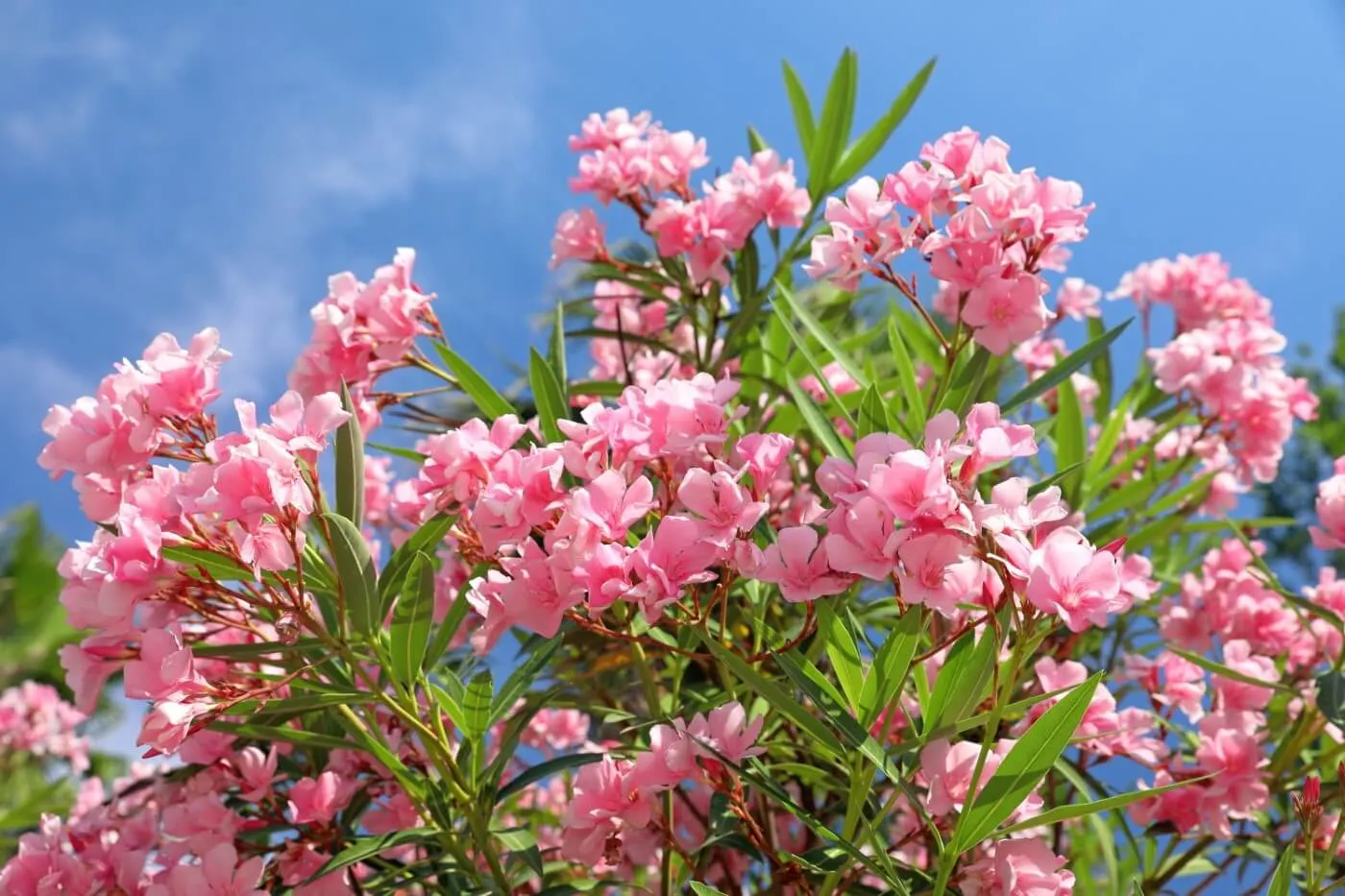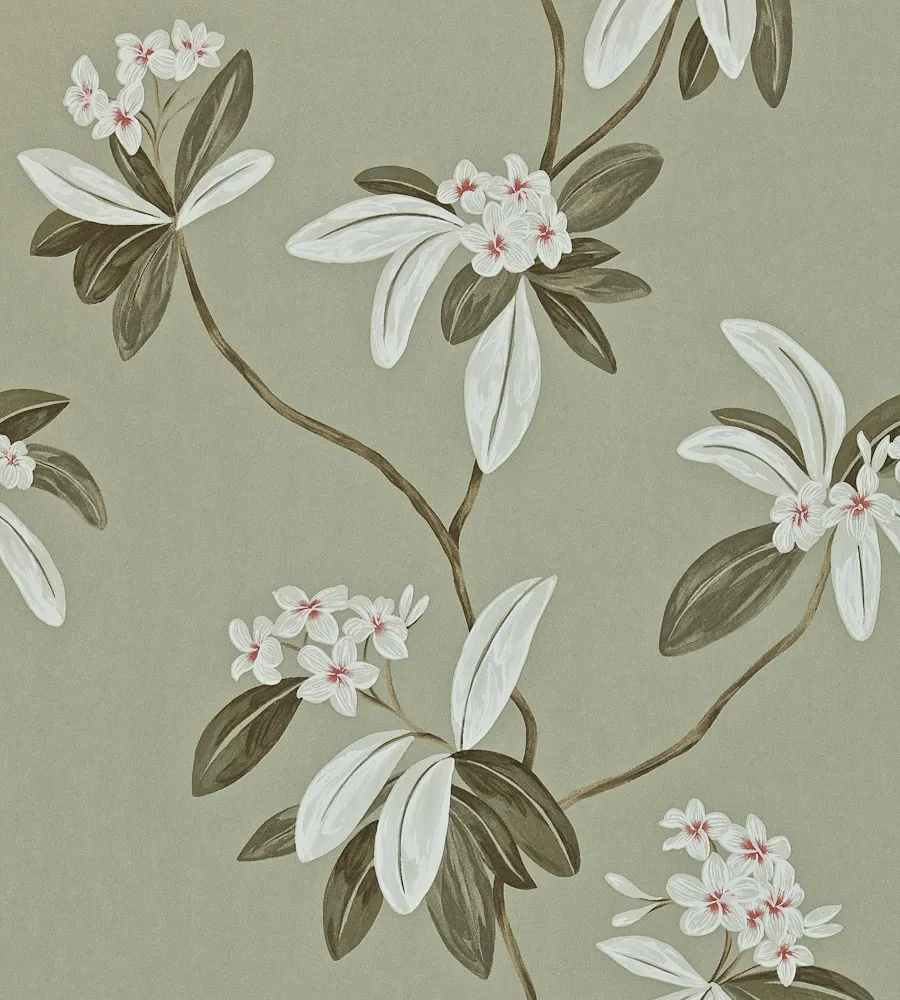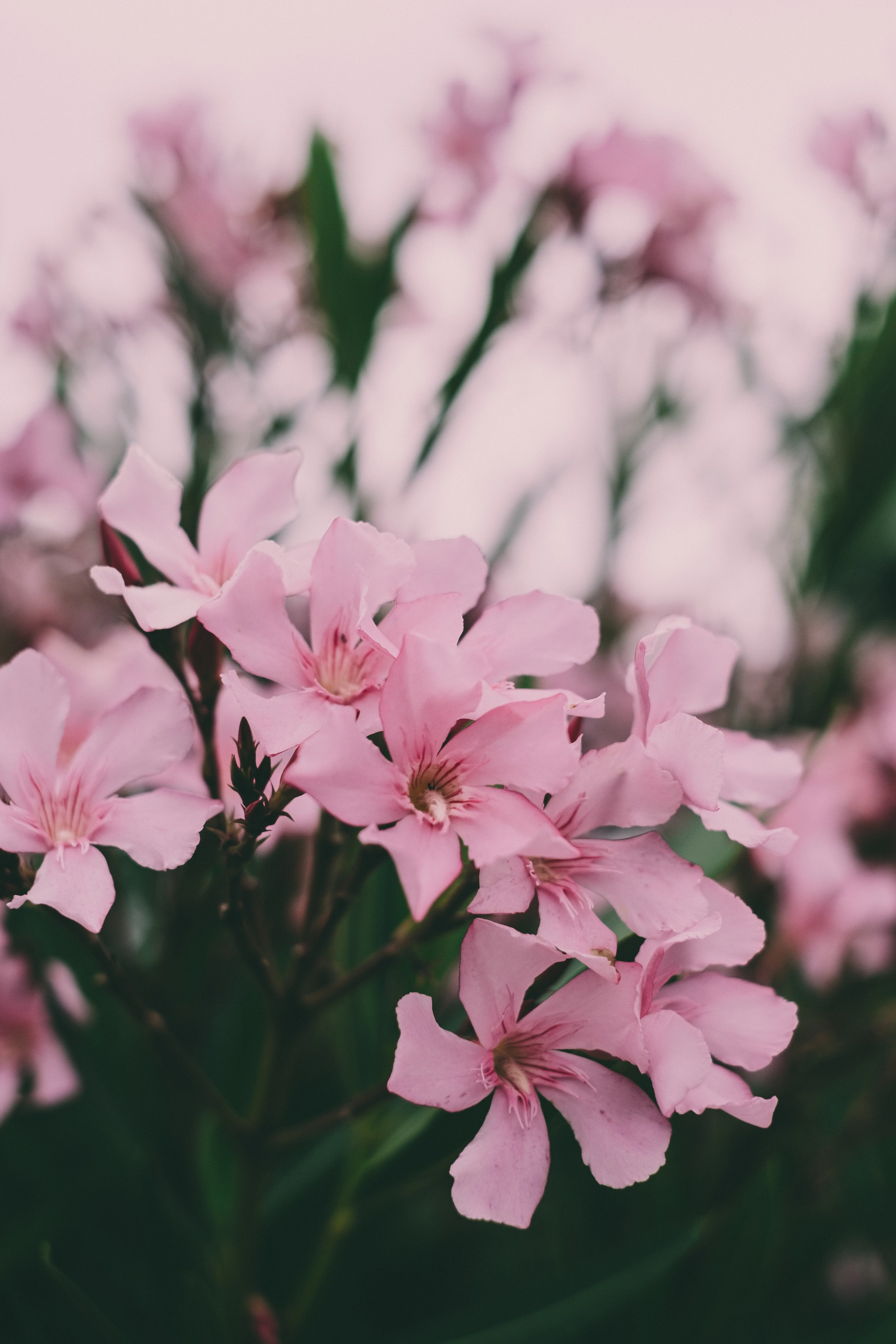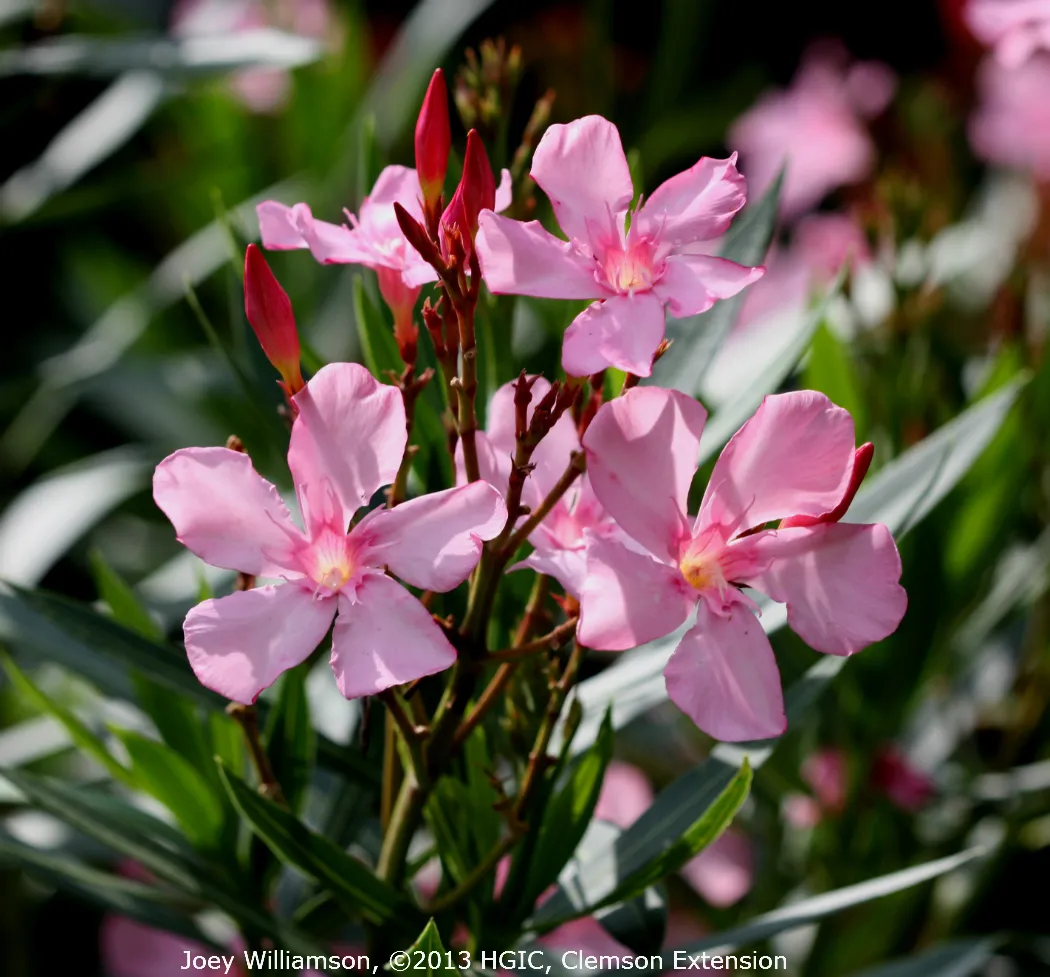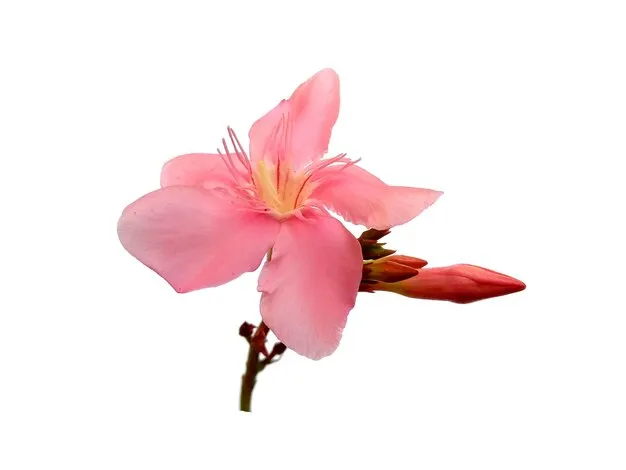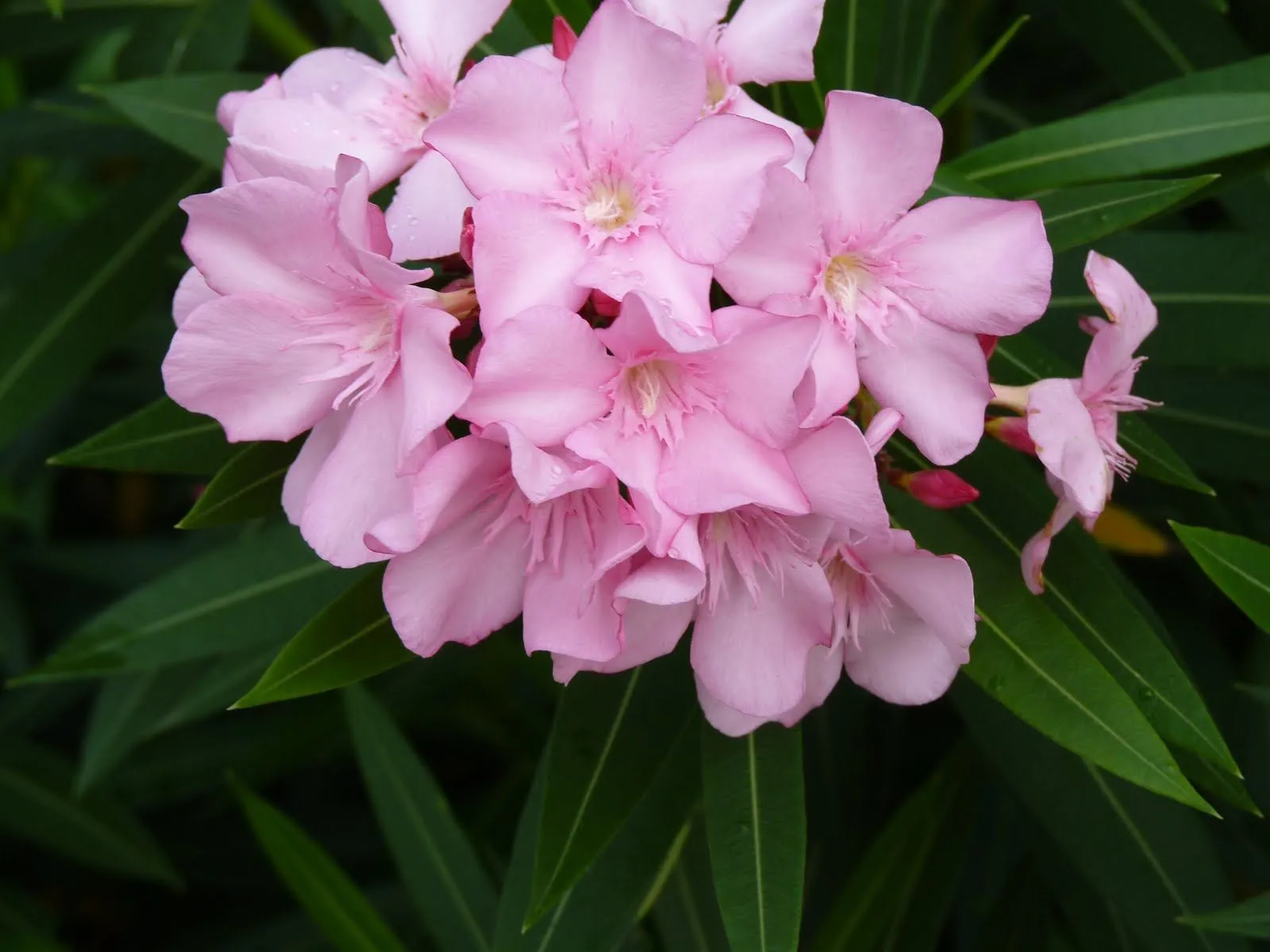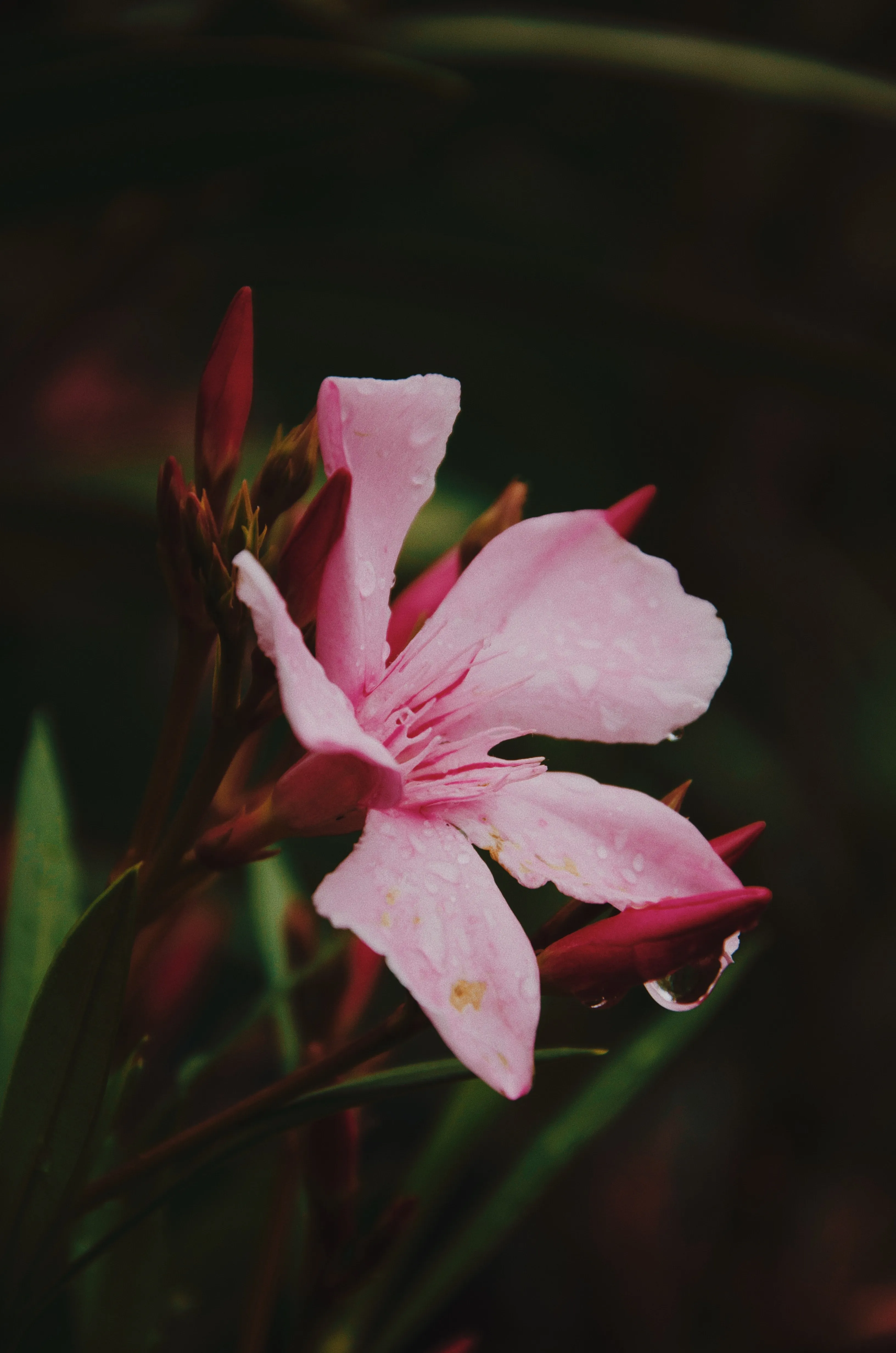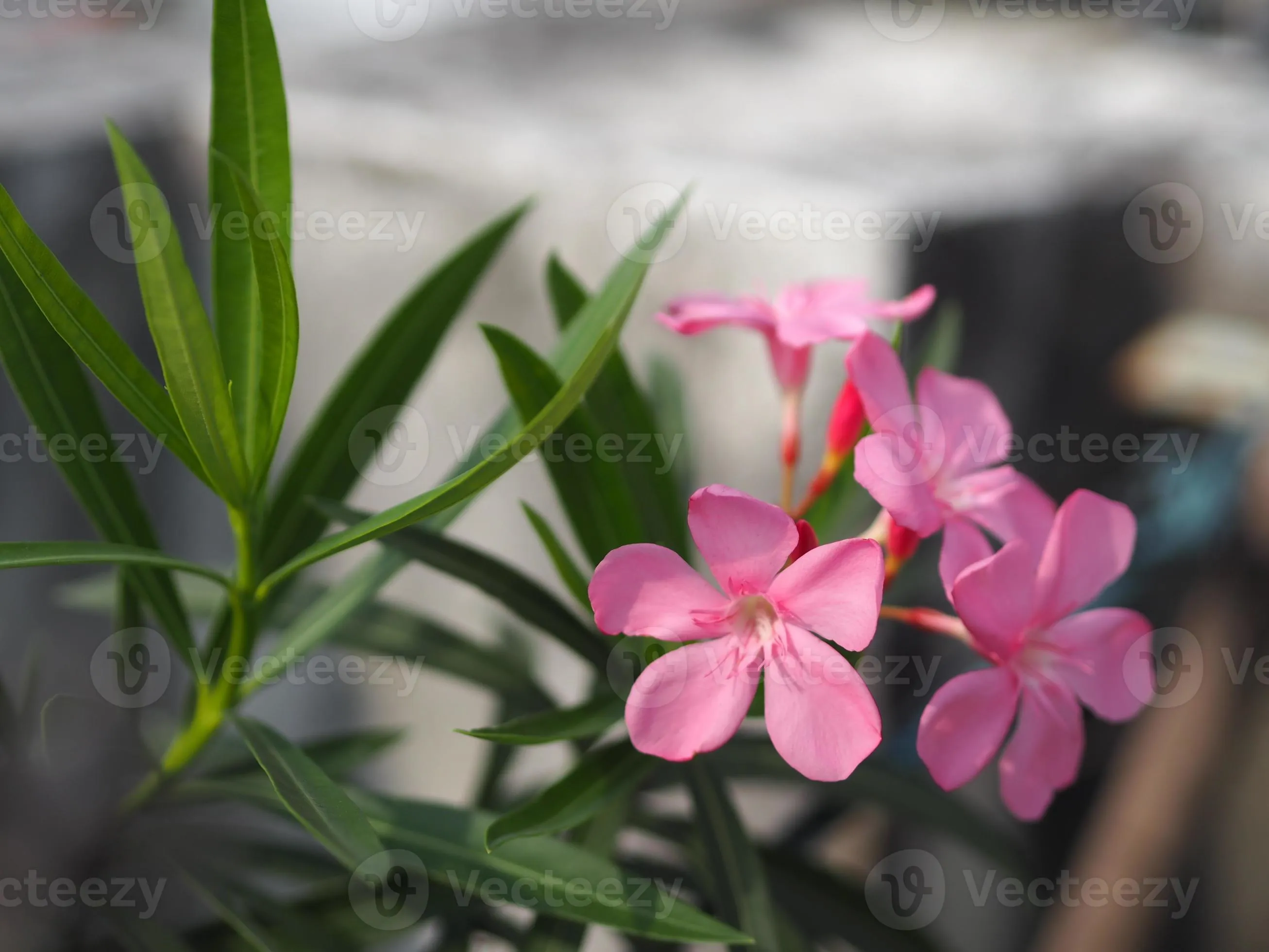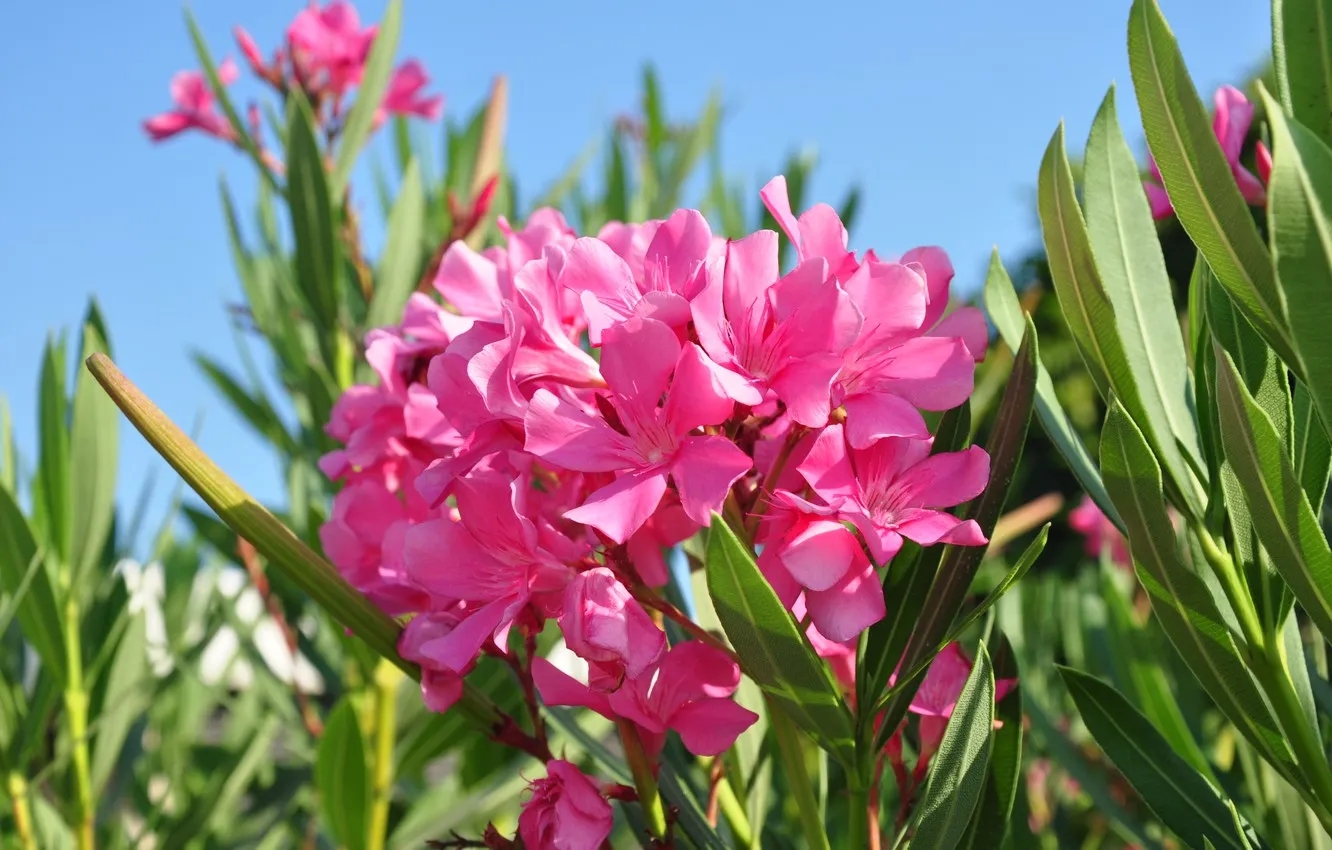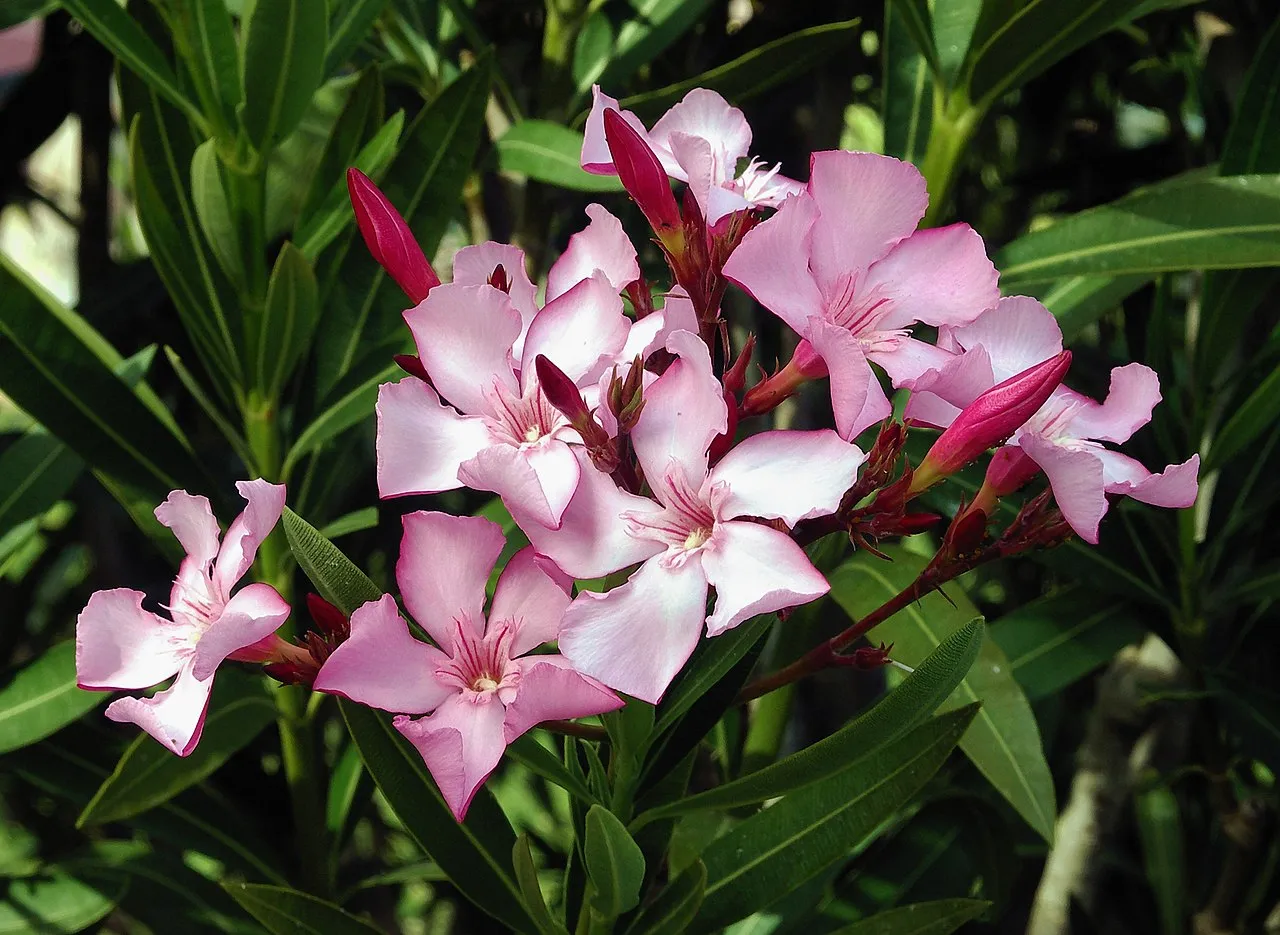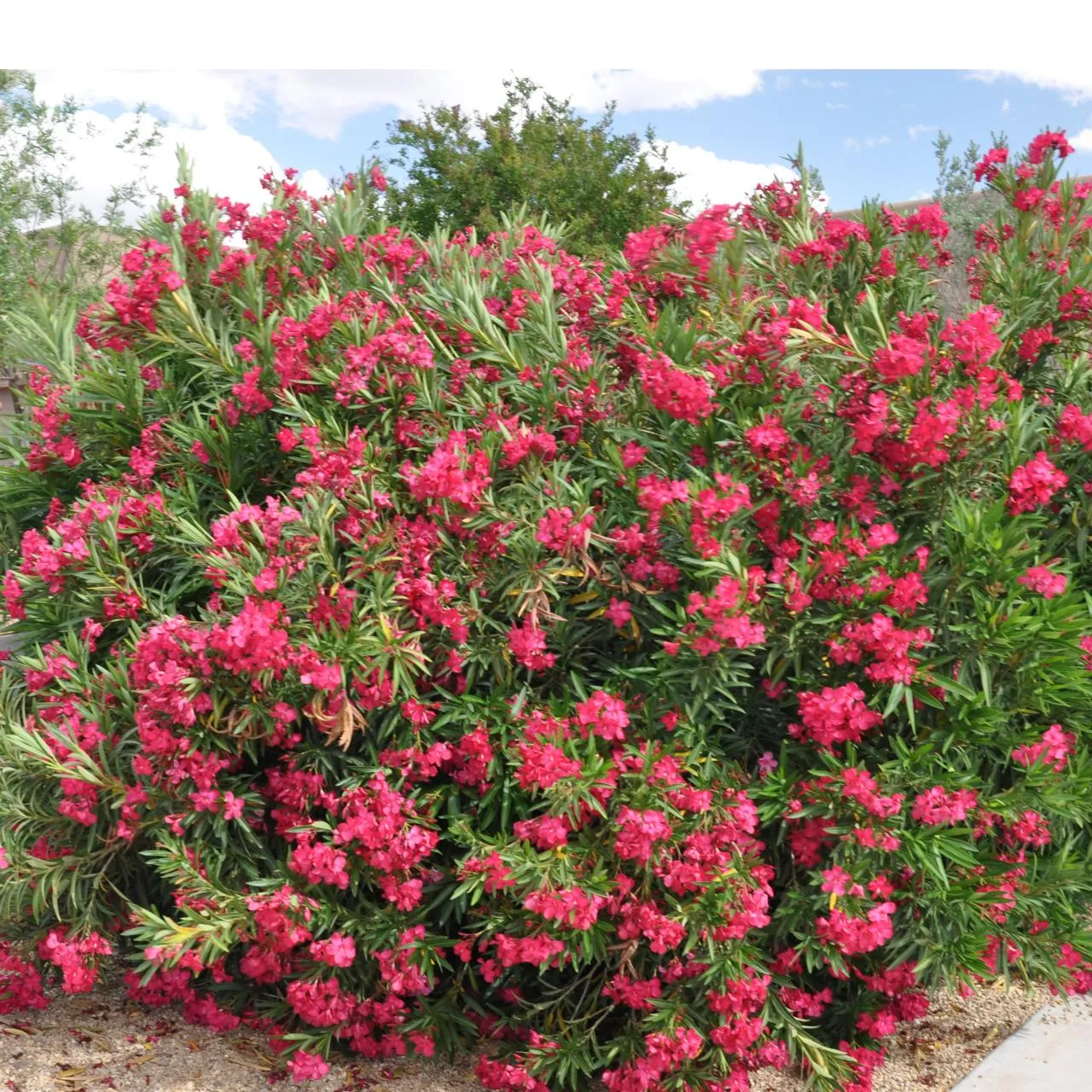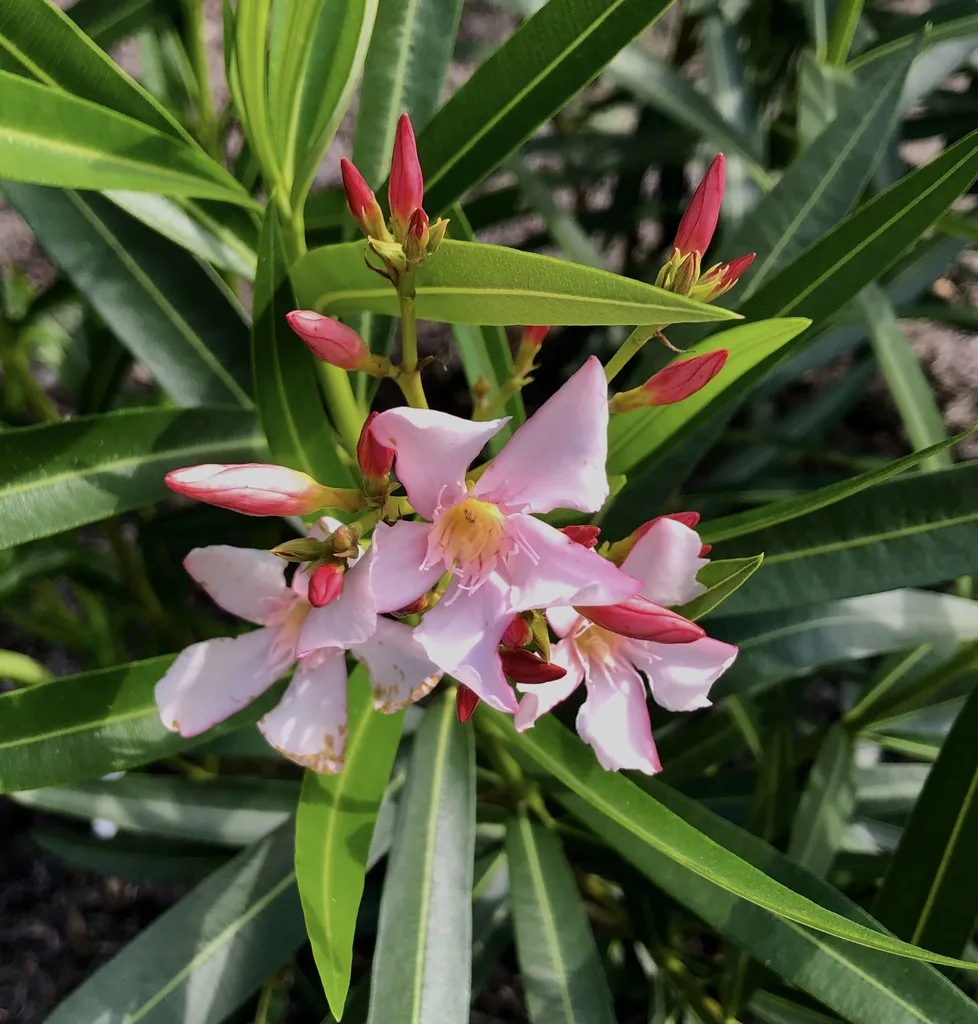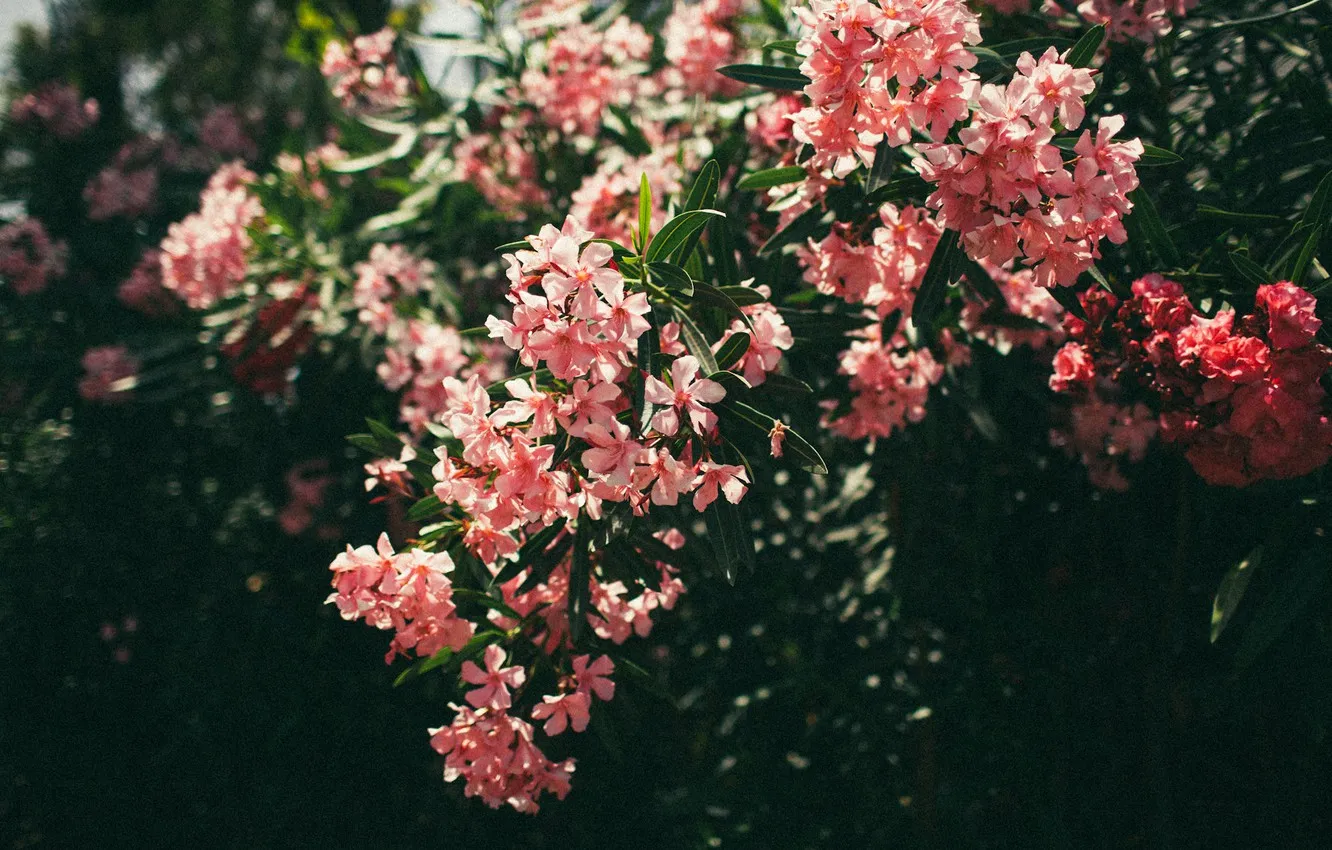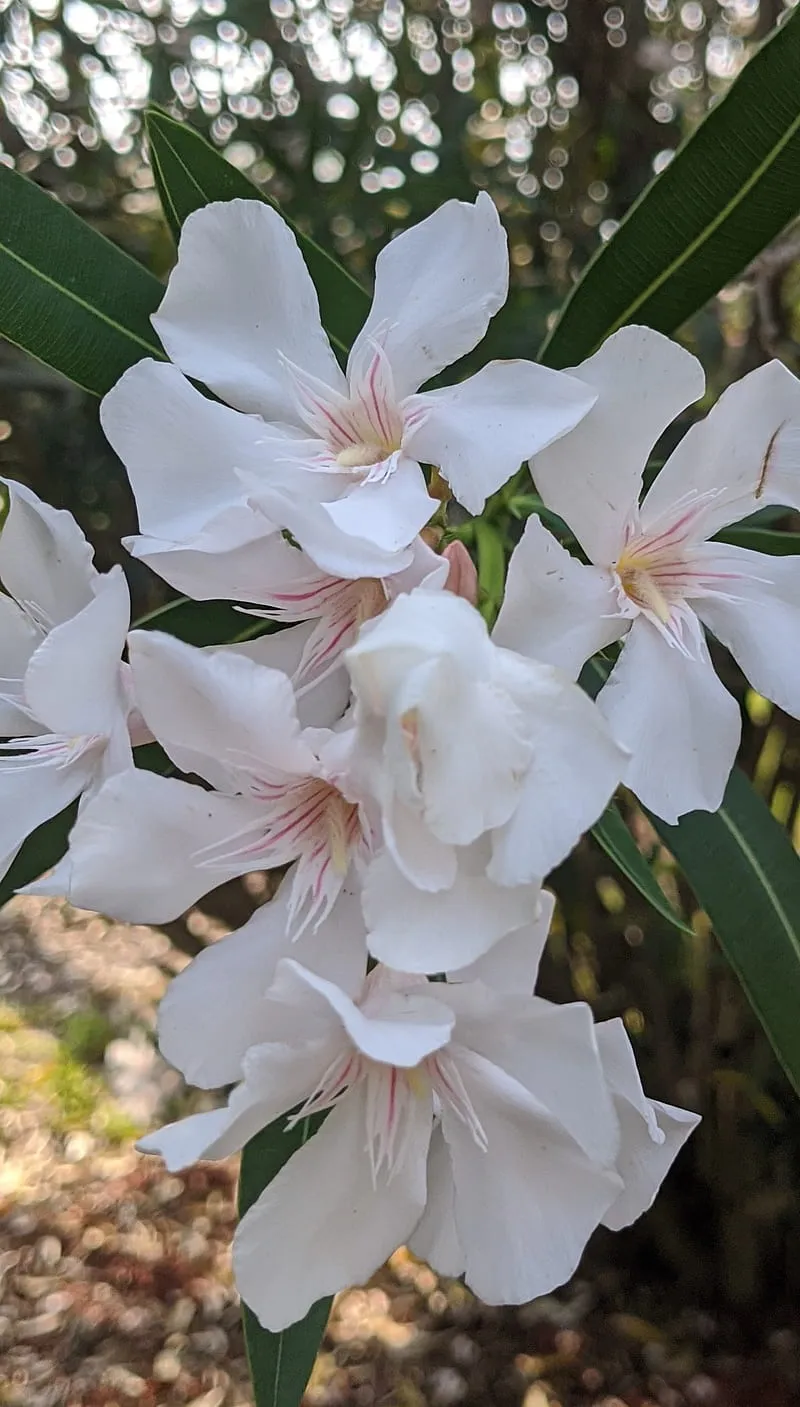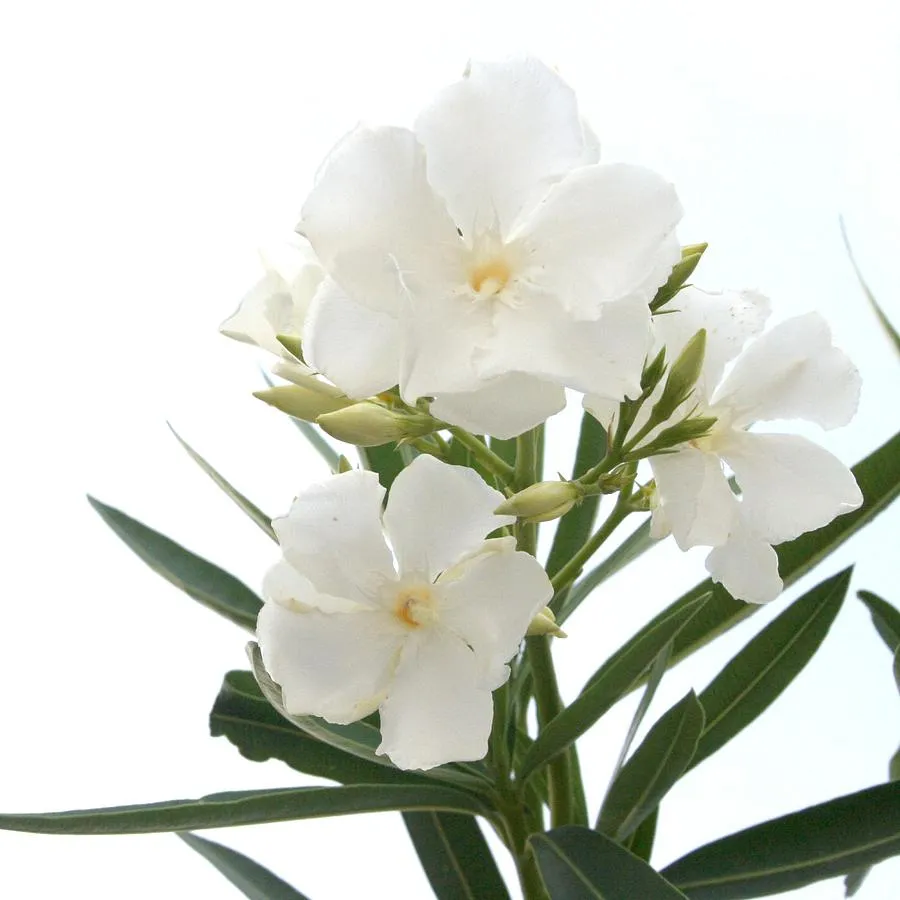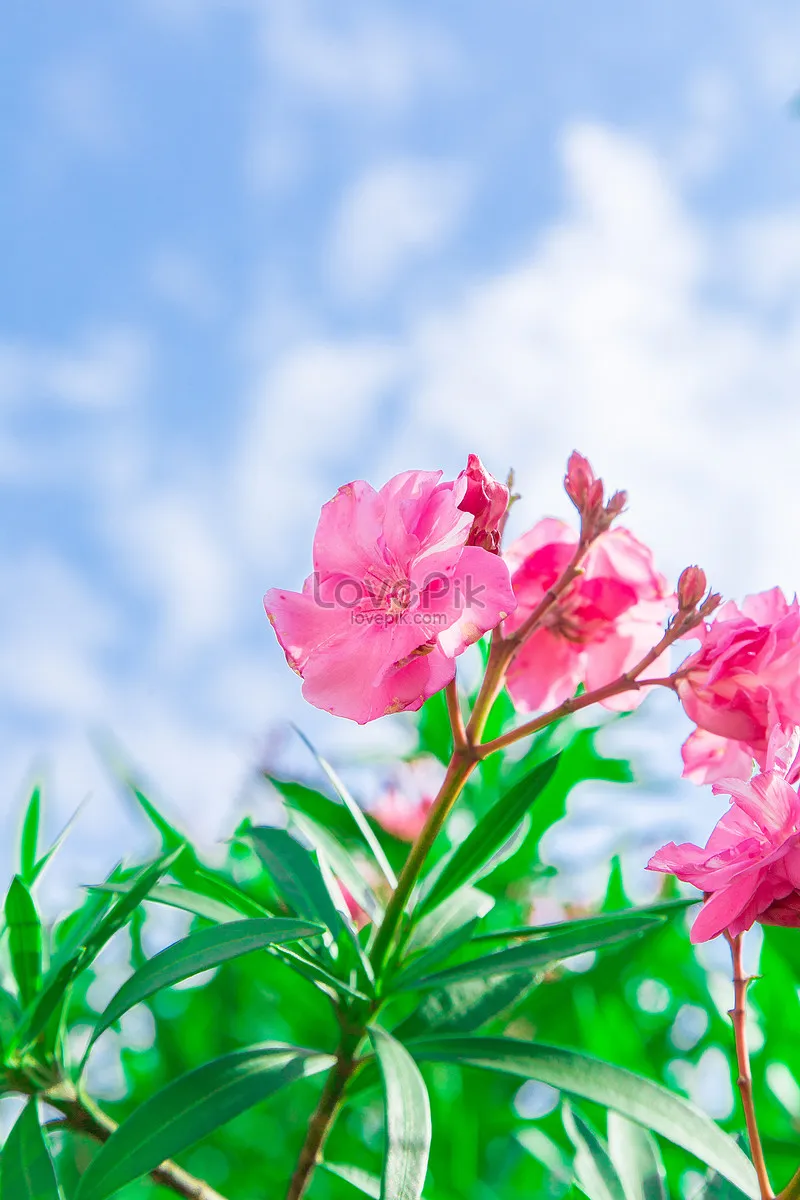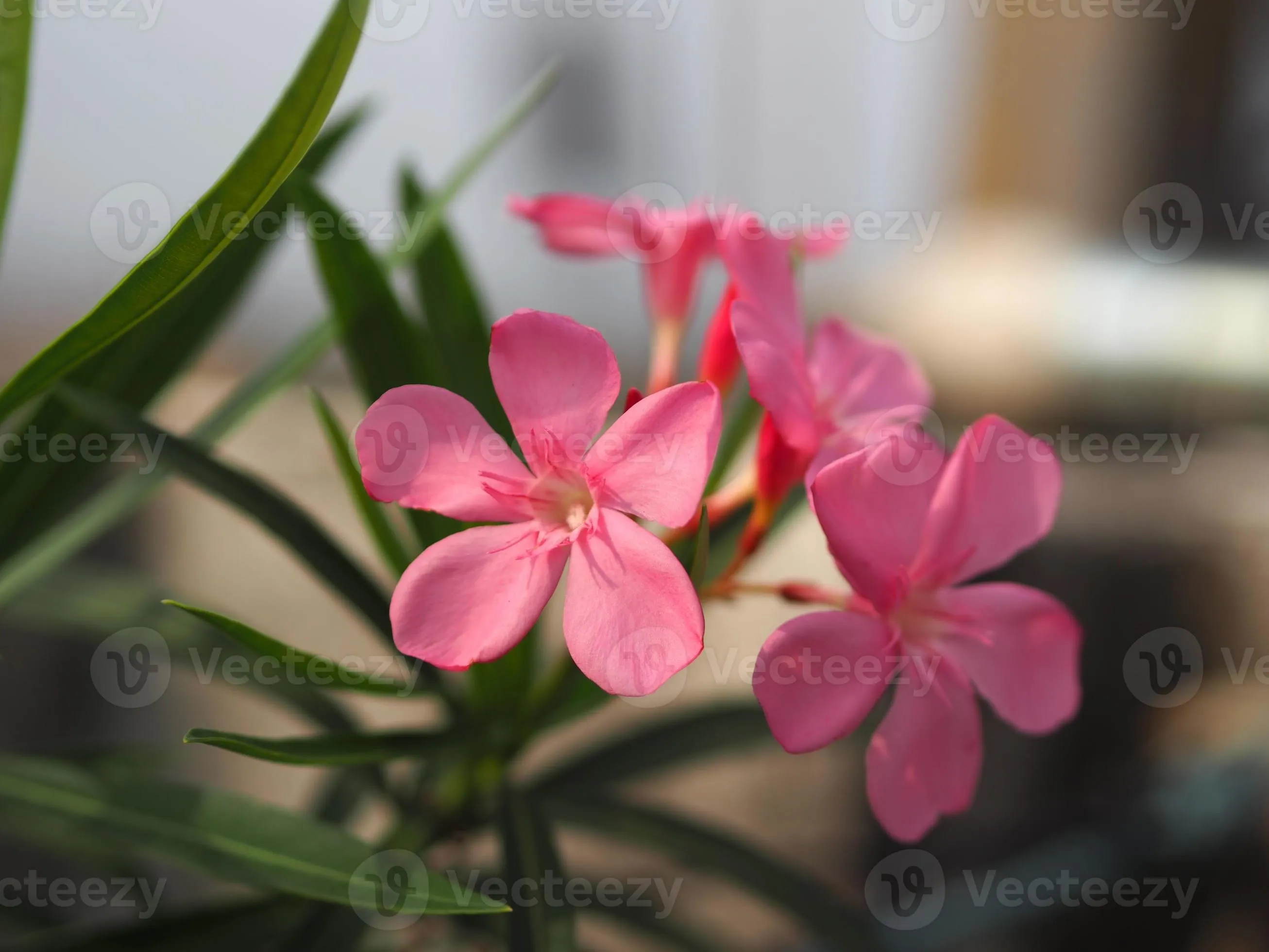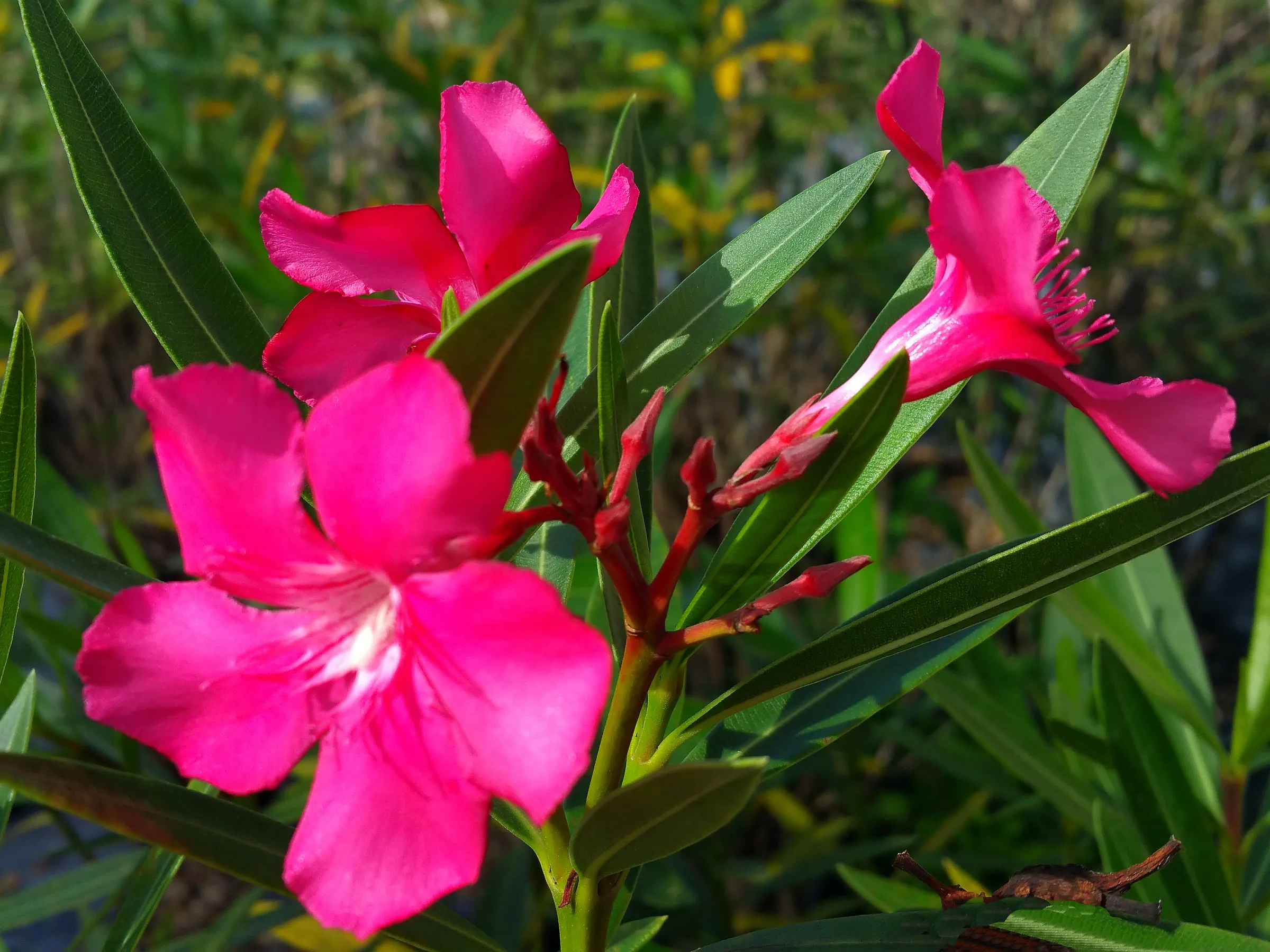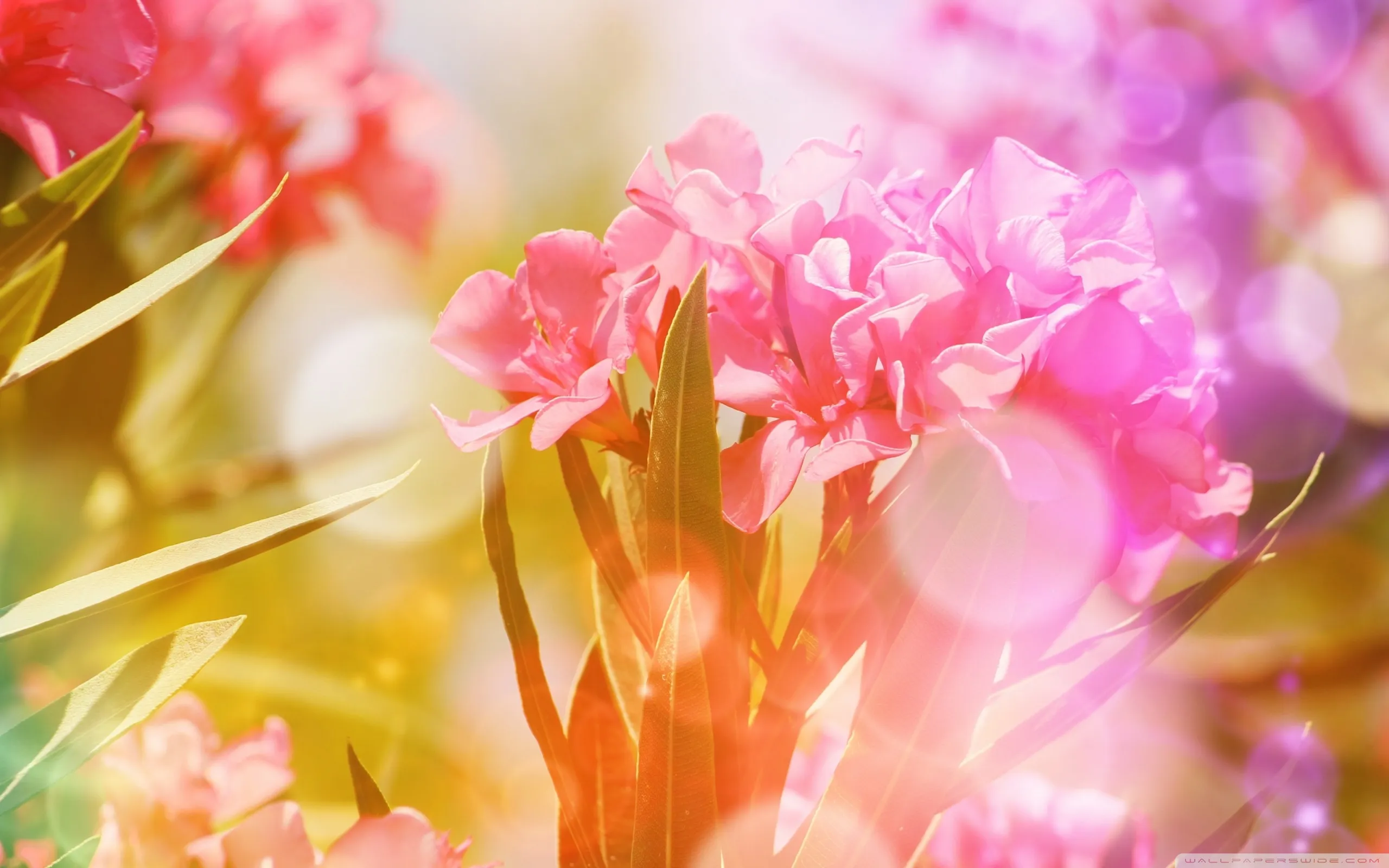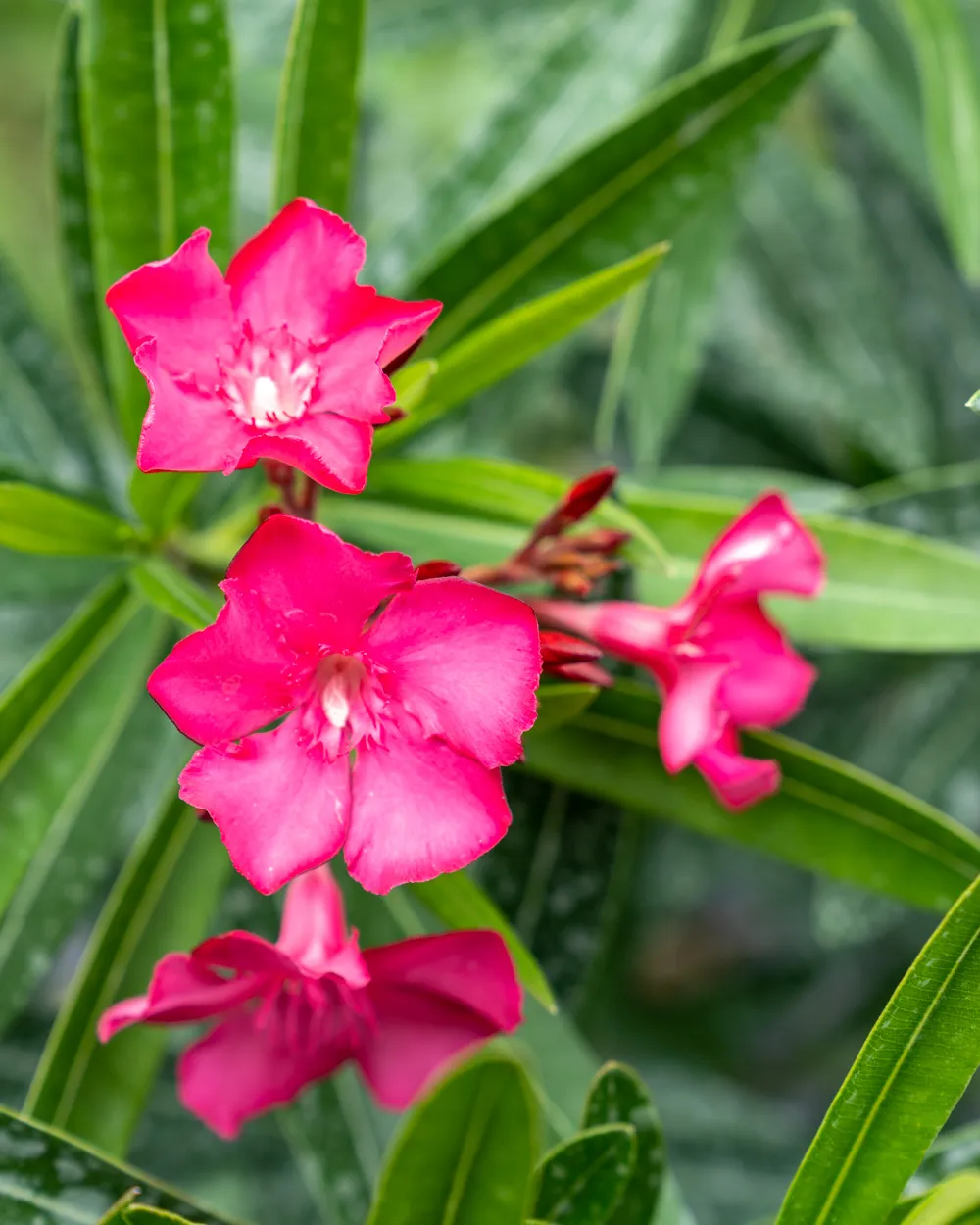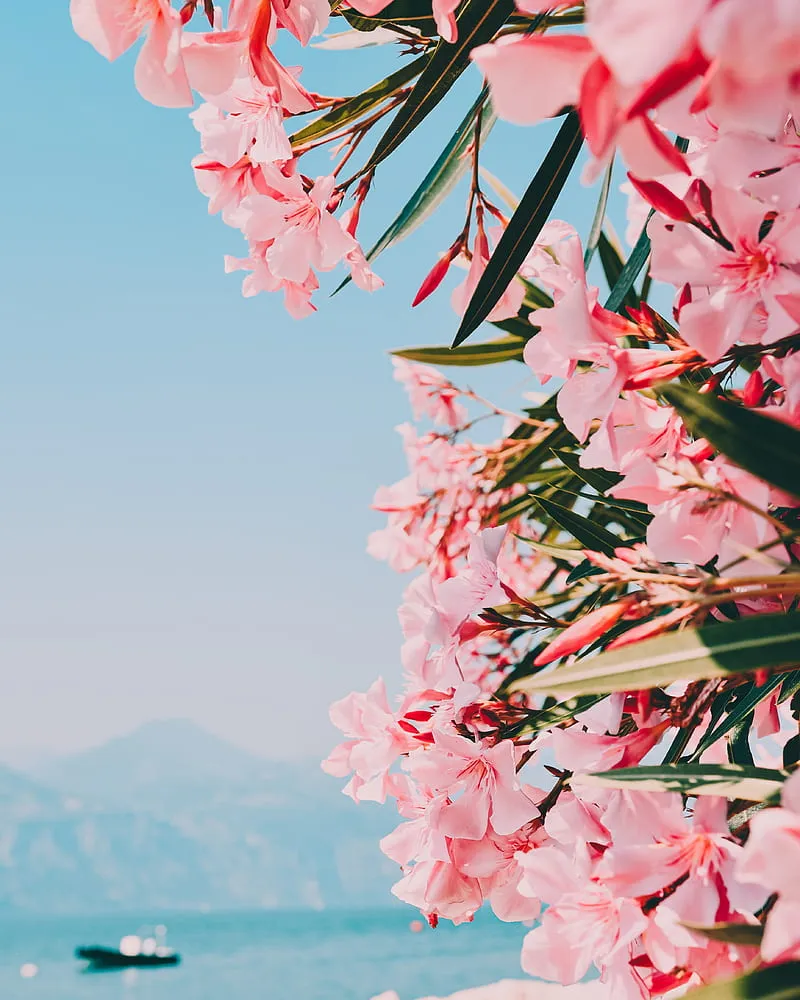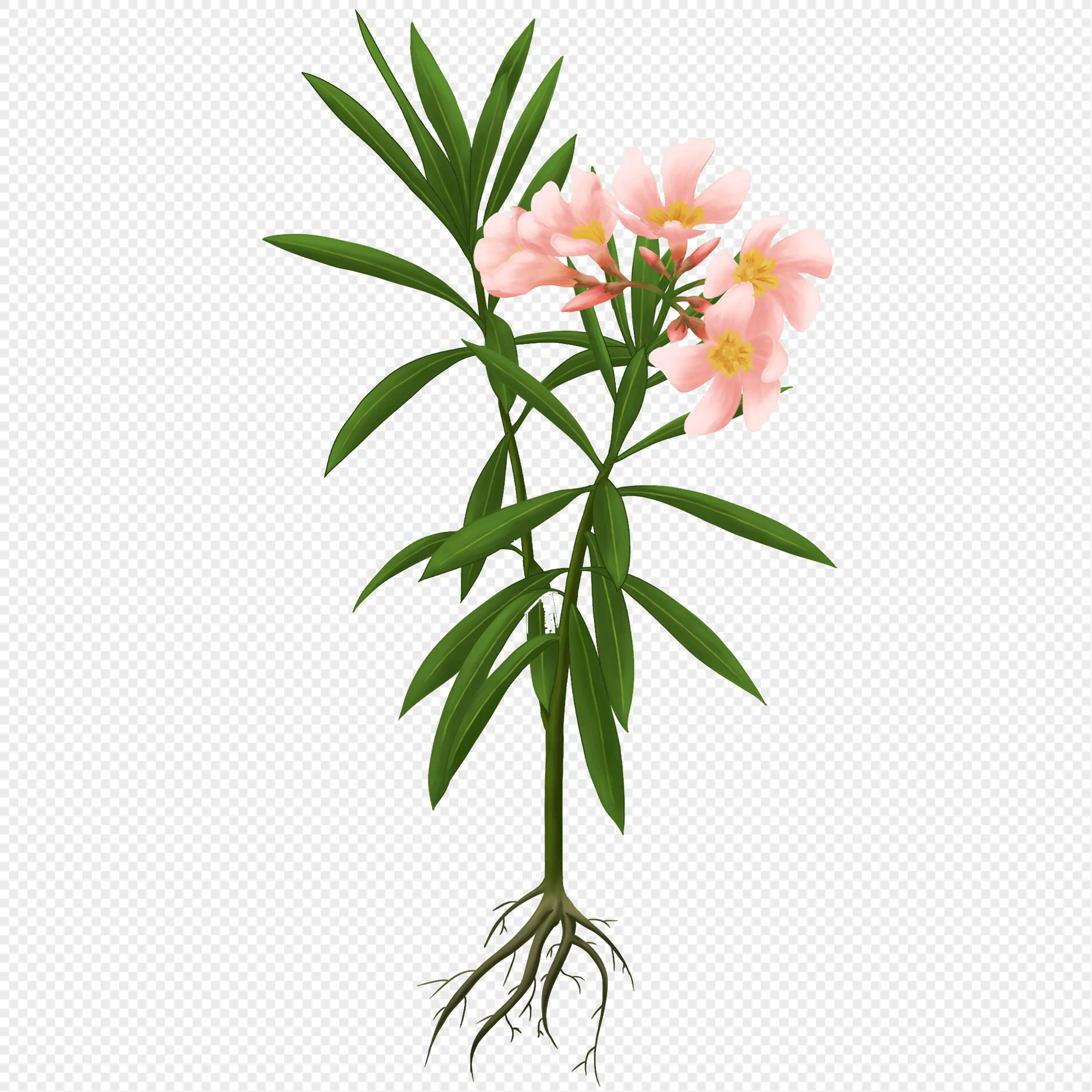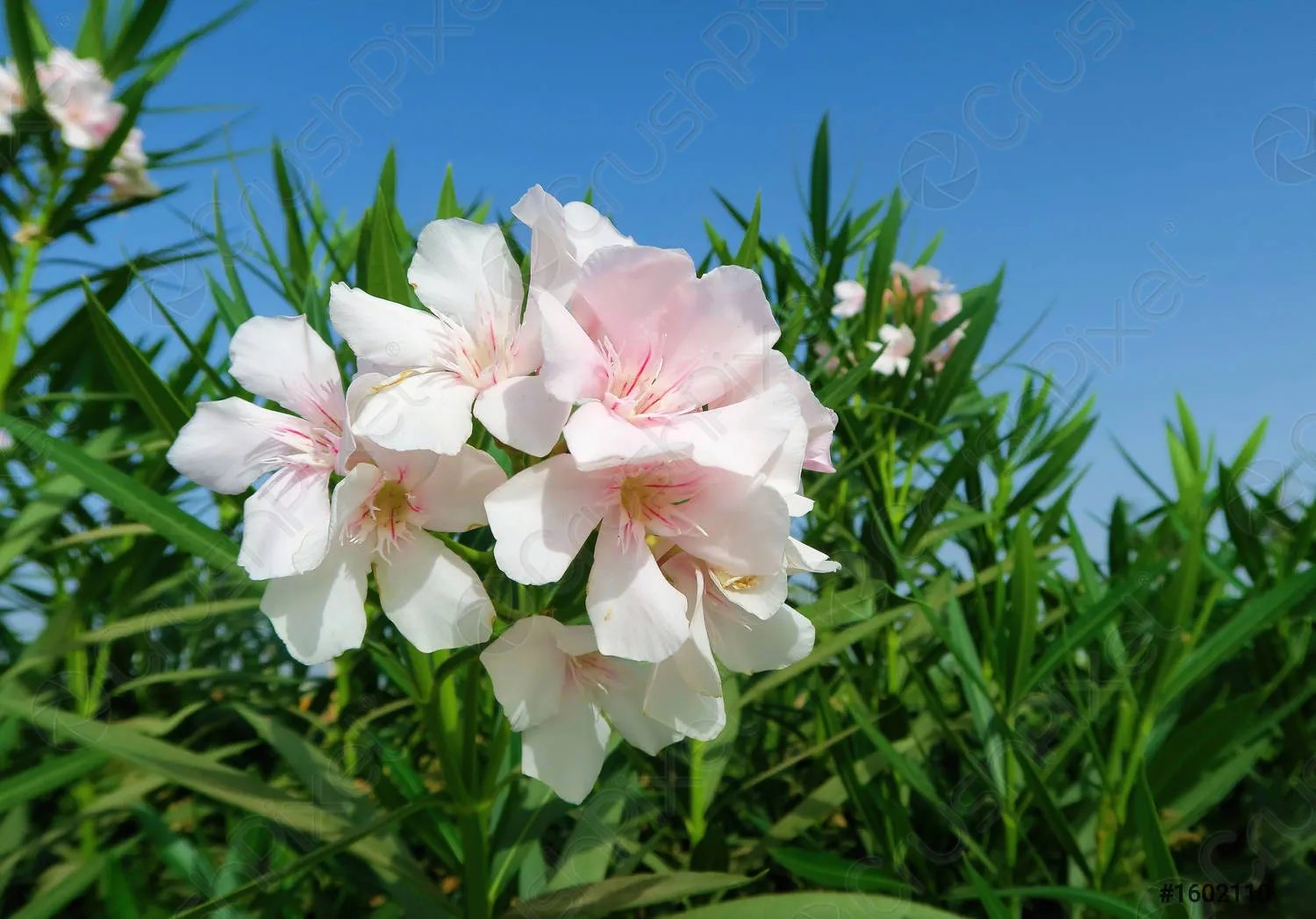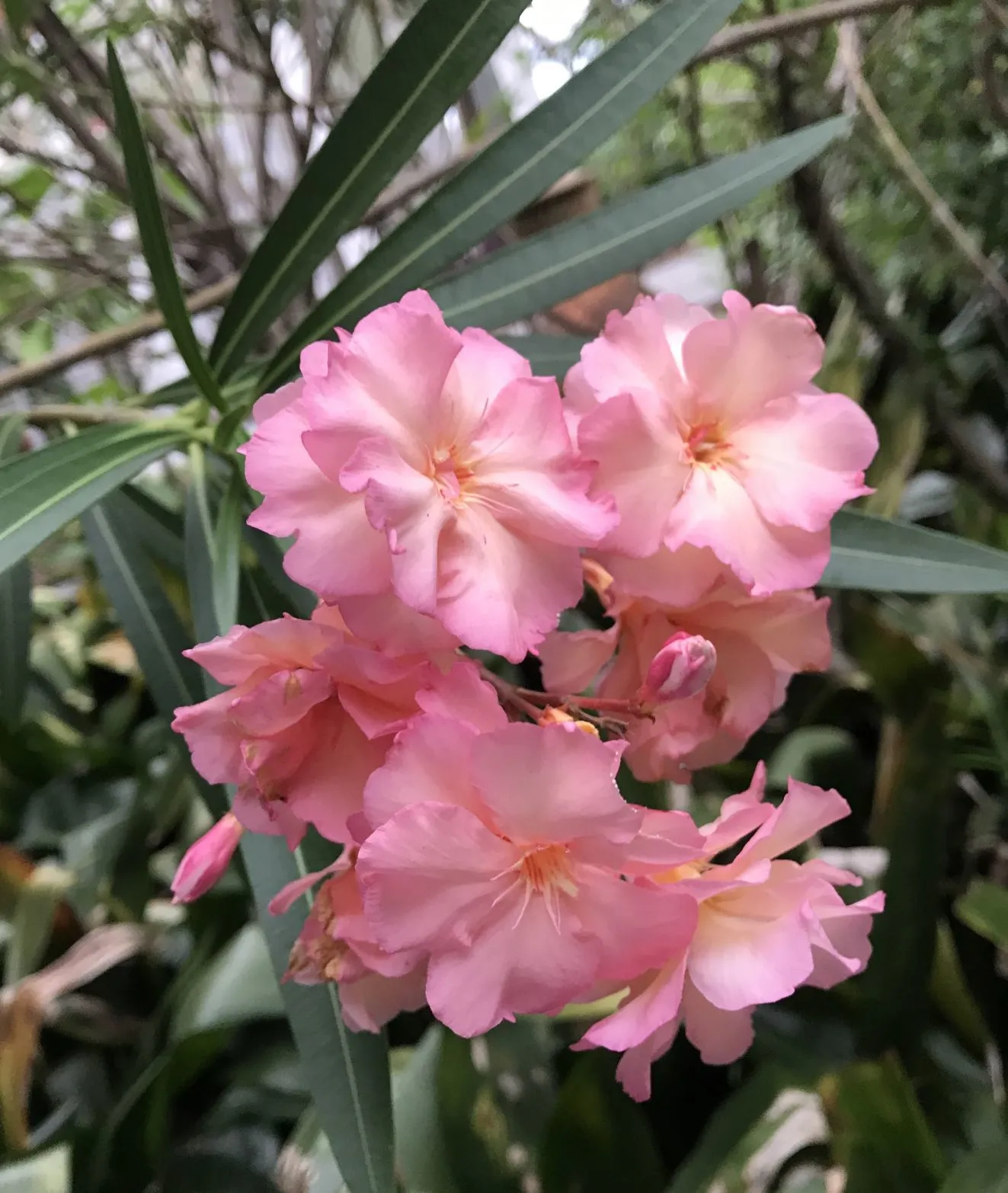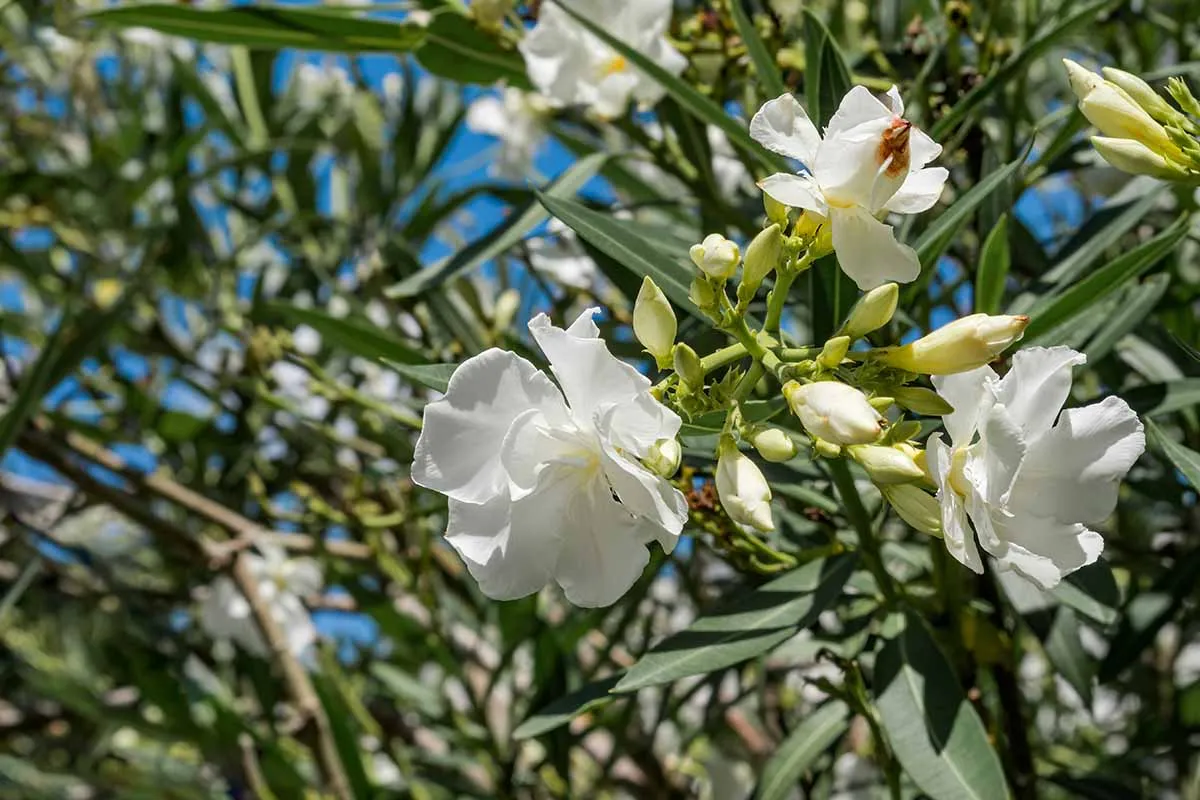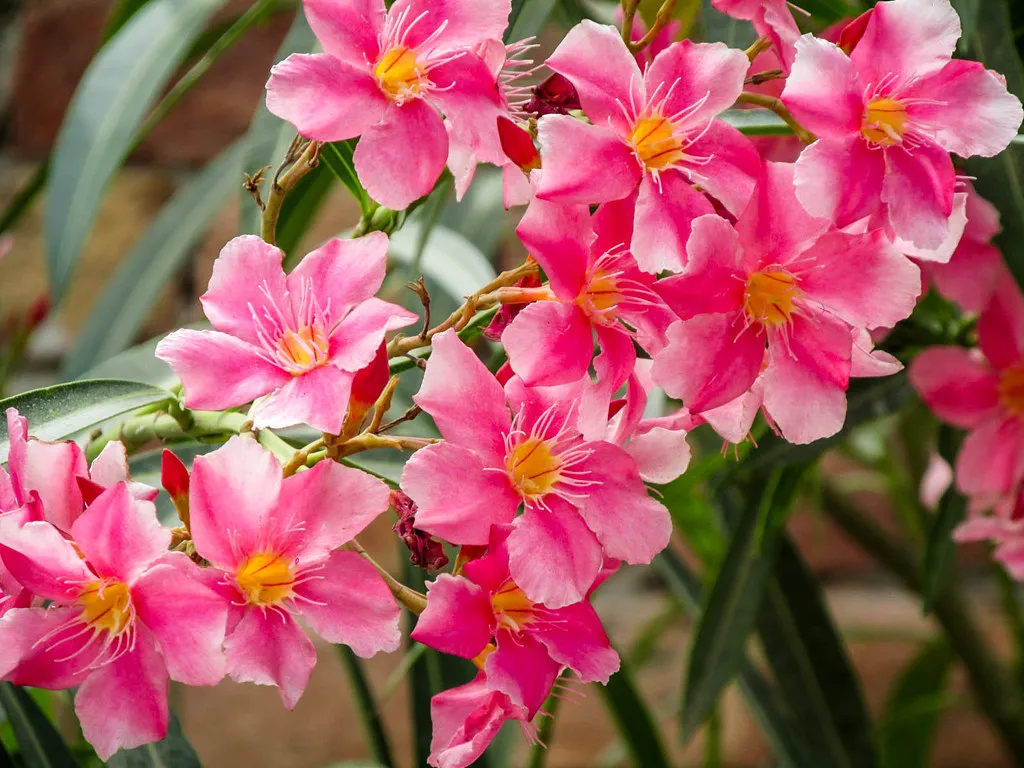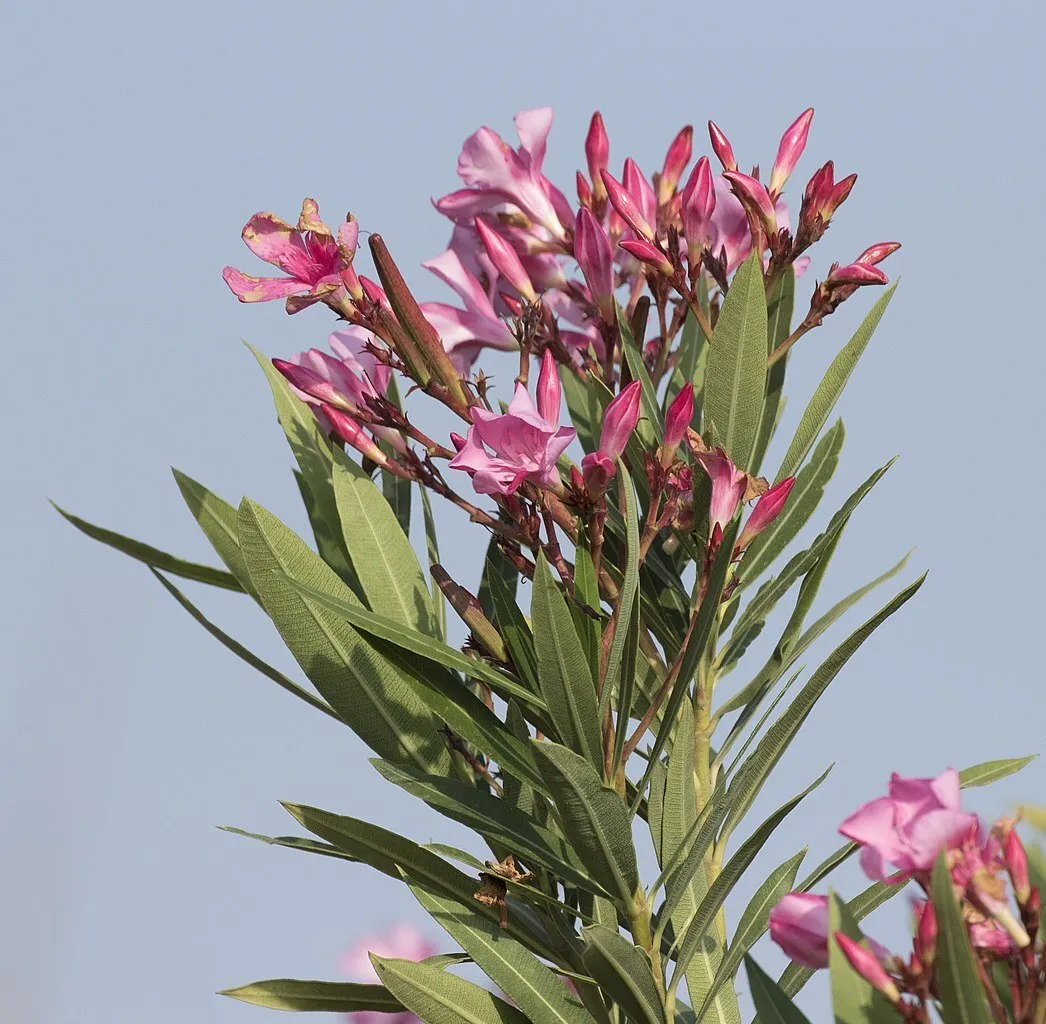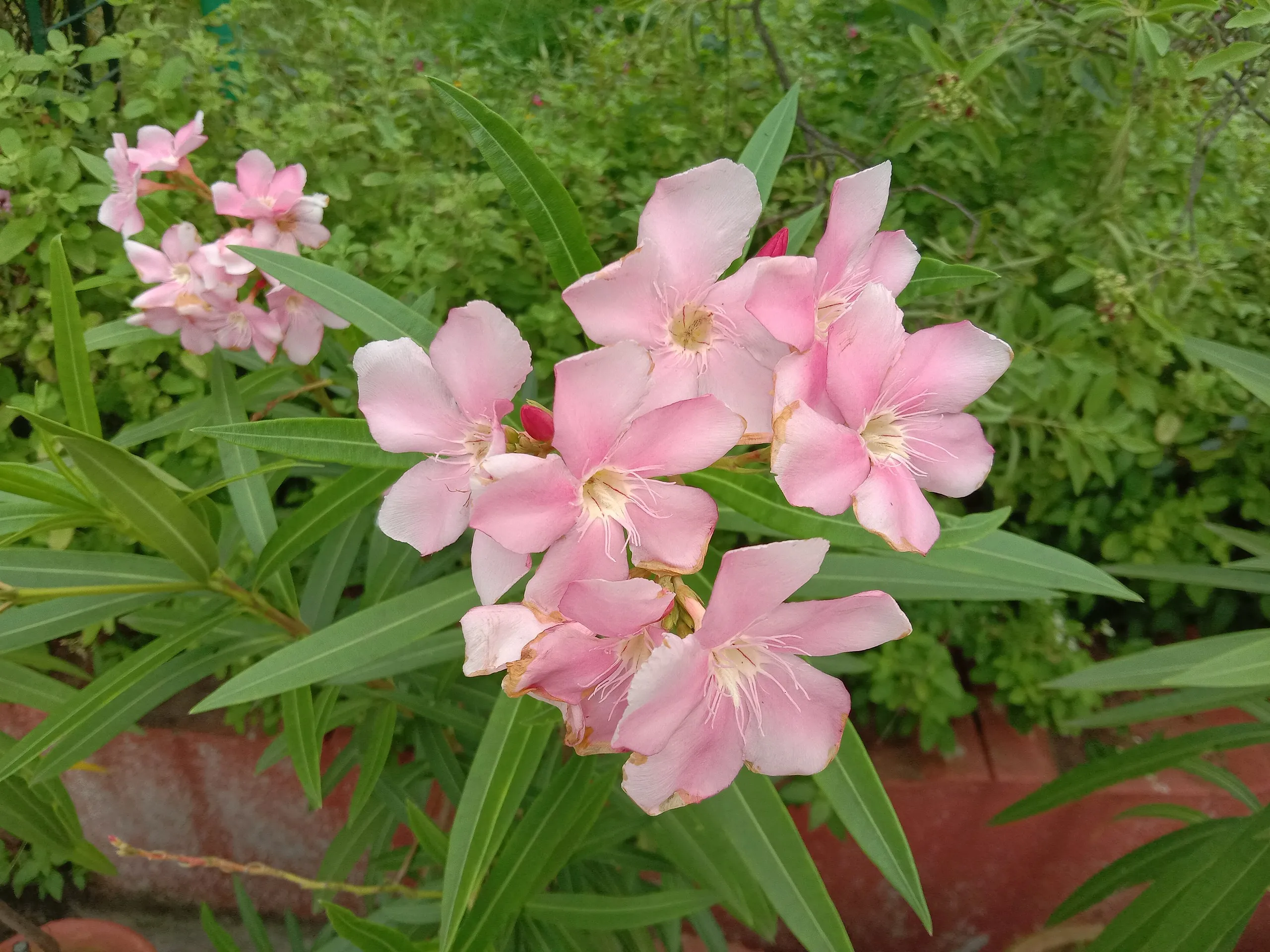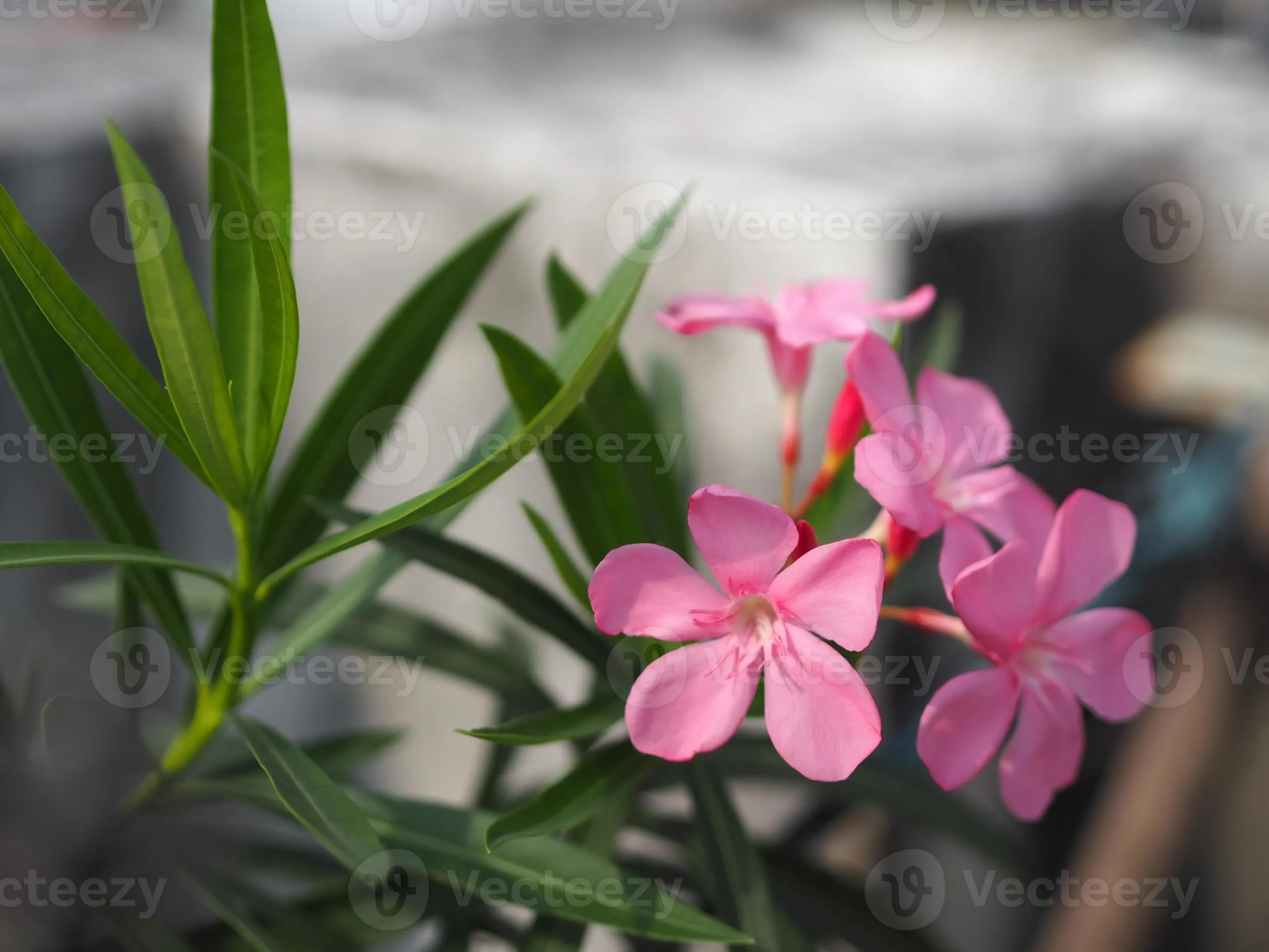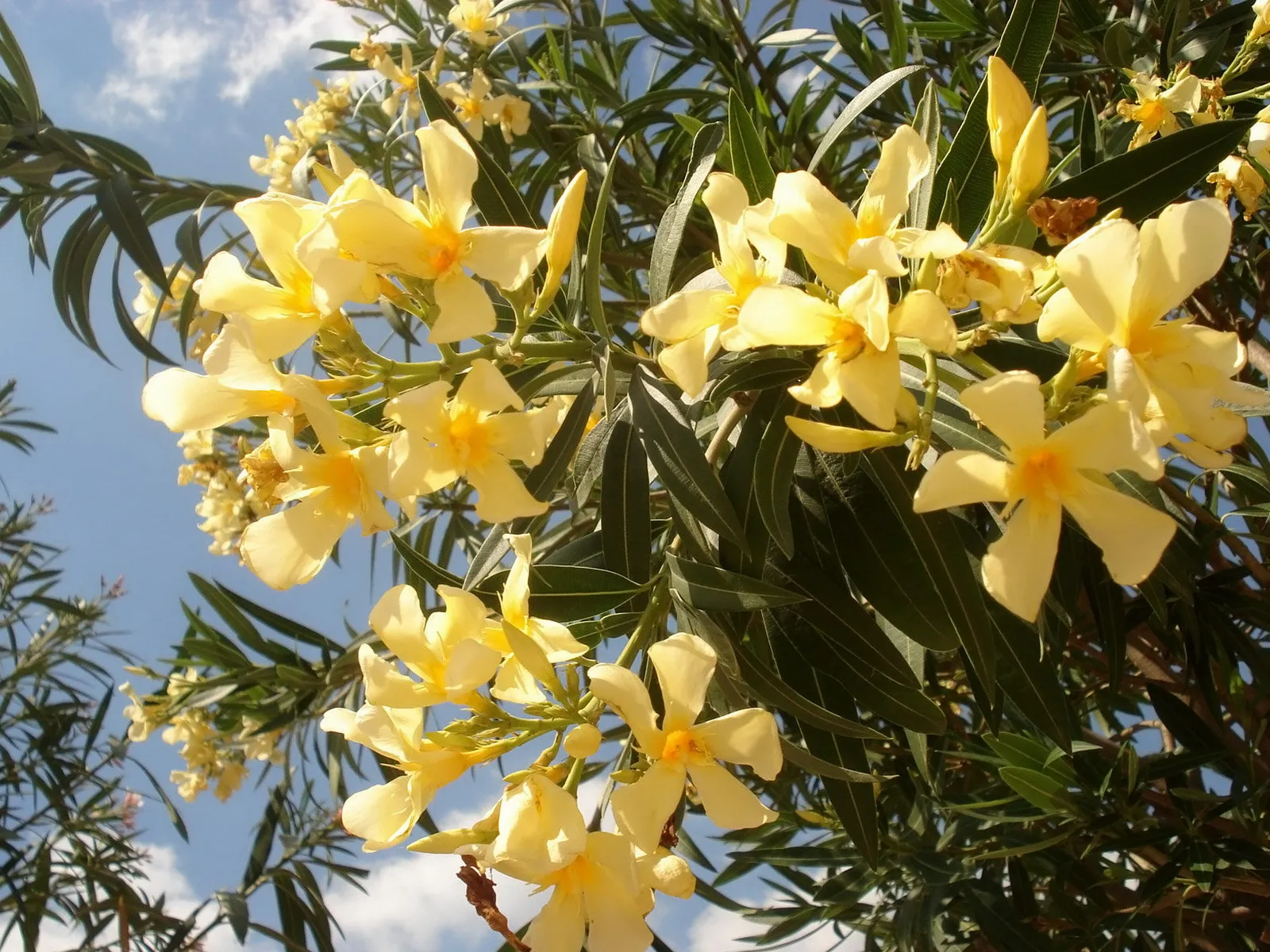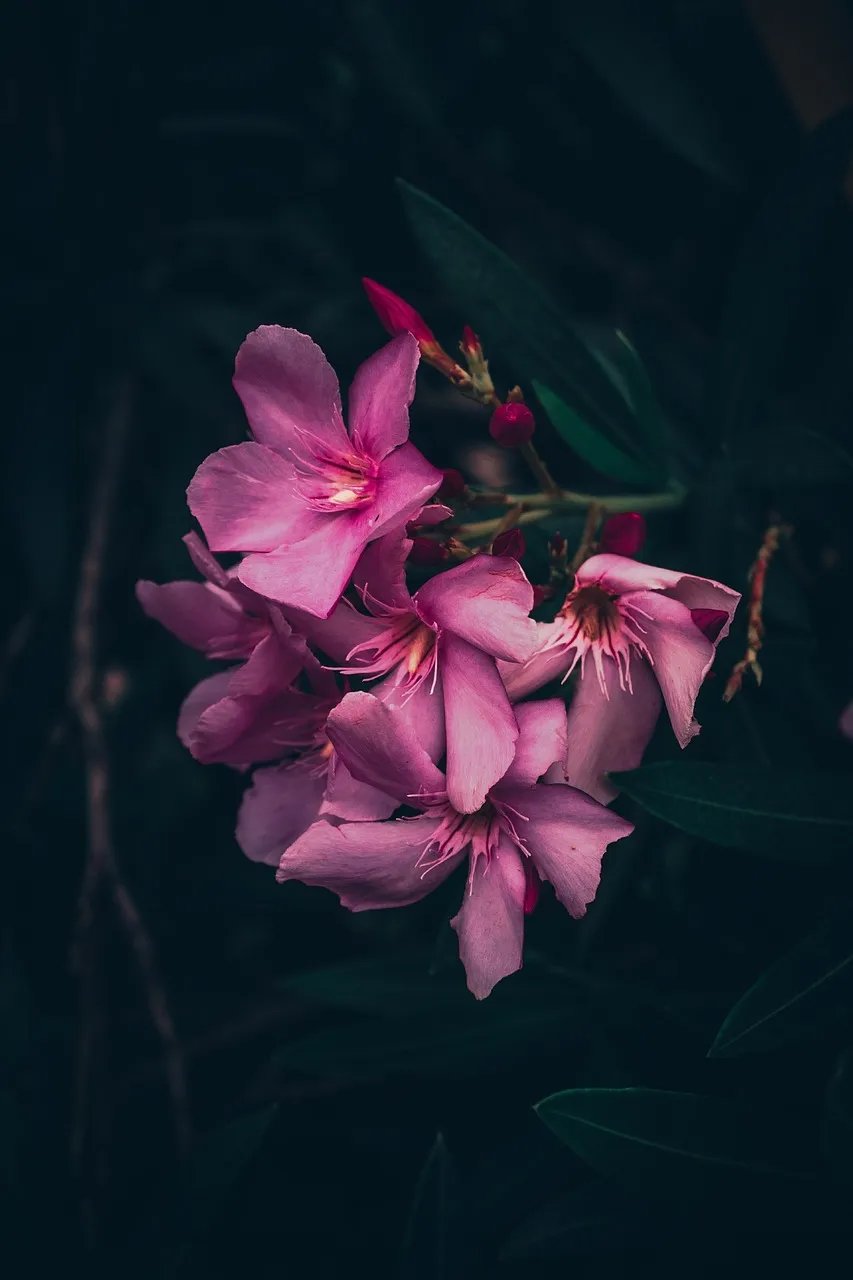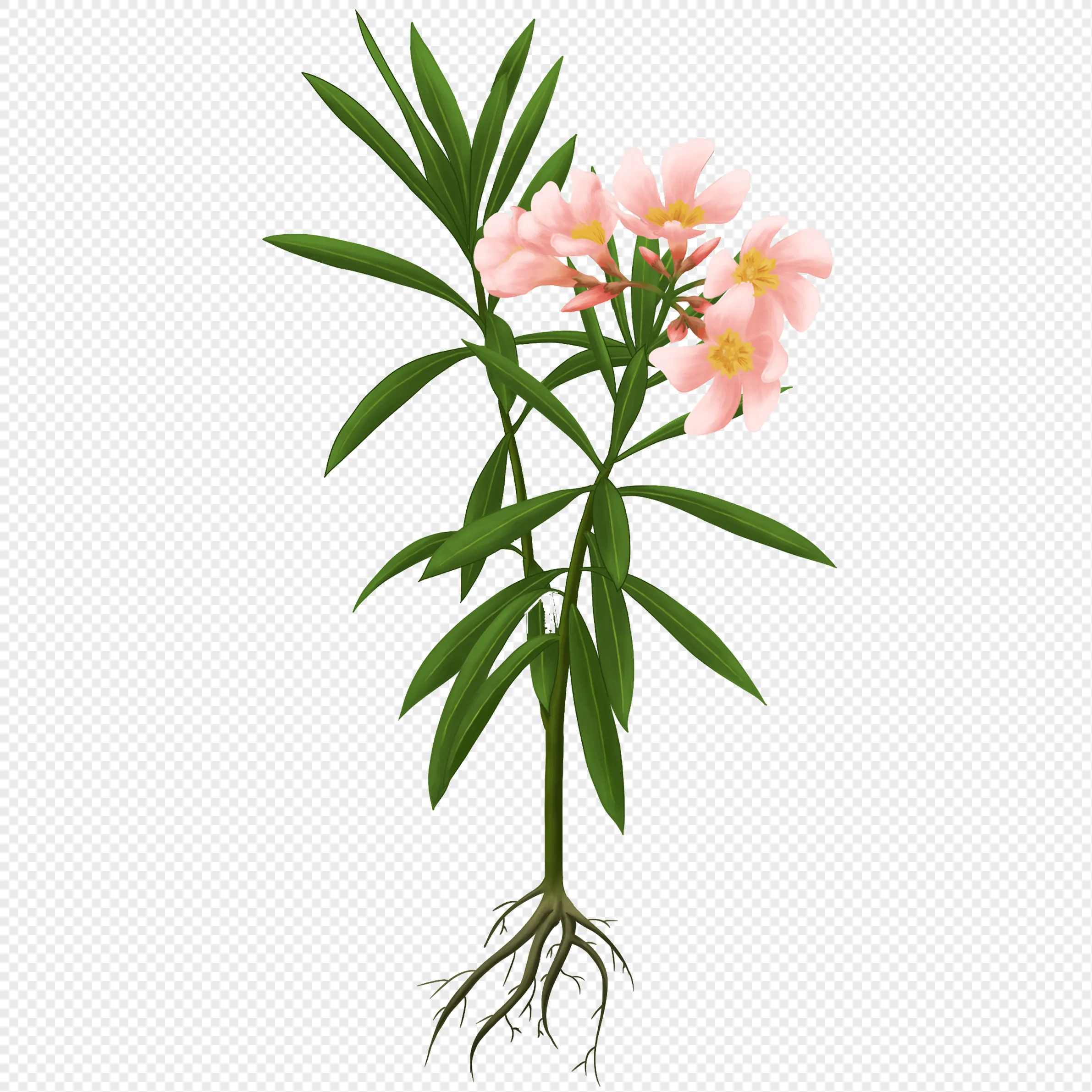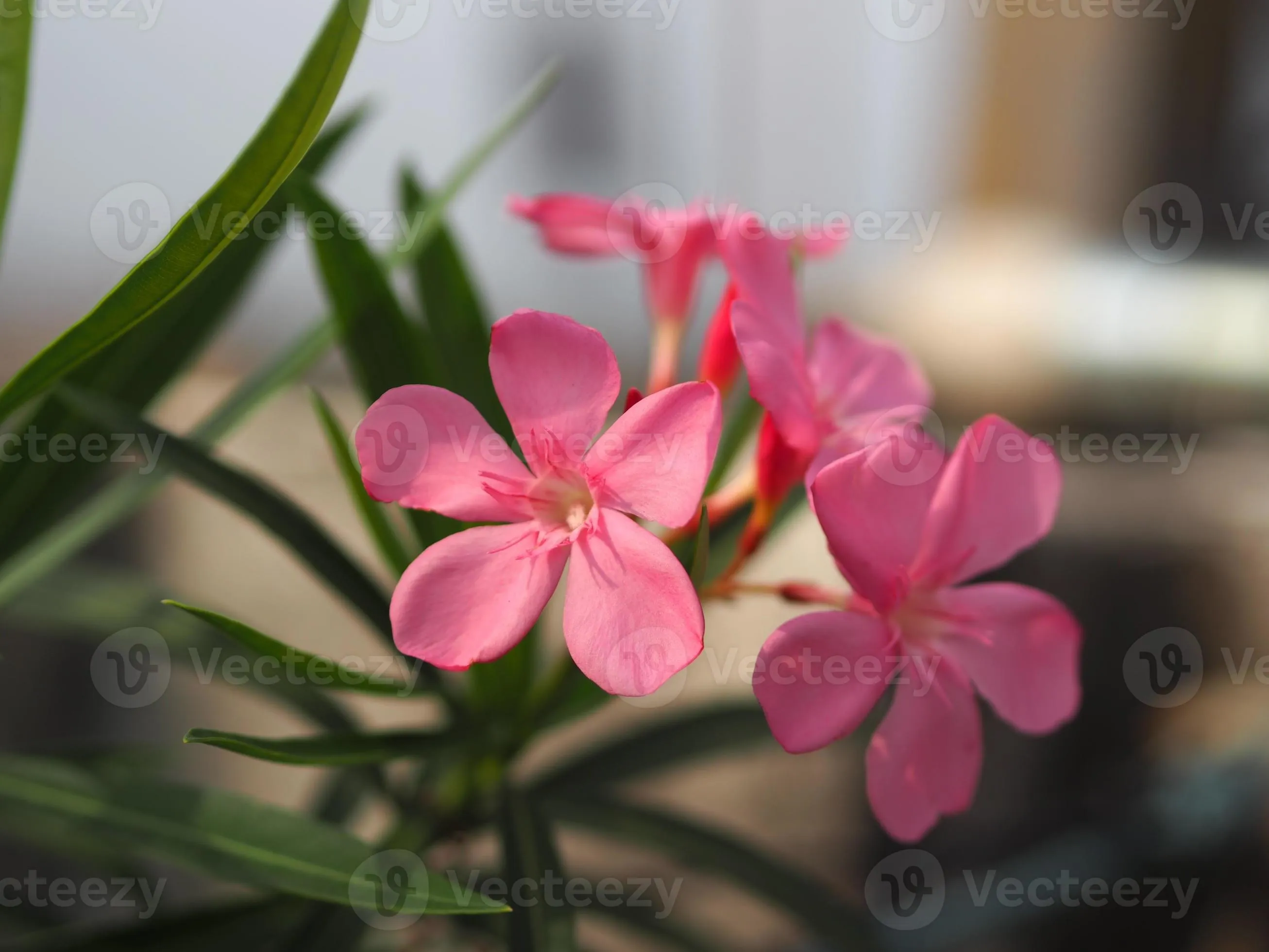Oleander: The Beautiful and Poisonous Flower
The oleander plant, or Nerium oleander, is a beautiful and popular flowering plant that is native to the Mediterranean region. With its striking blooms and evergreen foliage, it is a popular choice for gardens, parks, and landscaping. However, it is important to note that this plant is also highly toxic, and can be dangerous to humans and animals if ingested. In this article, we will explore the beauty and danger of the oleander plant.
Appearance and Characteristics
The oleander plant is a member of the dogbane family, and can grow up to 20 feet tall. It has long, narrow leaves that are dark green and glossy, and flowers that come in a variety of colors, including pink, red, white, and yellow. The flowers are typically large and showy, and can have a pleasant fragrance. One of the unique characteristics of the oleander plant is its ability to grow in a variety of conditions. It is drought-tolerant and can thrive in both full sun and partial shade. It is also highly resistant to pests and diseases, making it a low-maintenance plant for gardeners and landscapers.
Uses and Symbolism
The oleander plant has been used for a variety of purposes throughout history. In ancient times, it was used as a medicinal plant to treat a range of ailments, including heart disease, asthma, and epilepsy. However, it is important to note that ingesting any part of the plant can be highly toxic and even deadly. In addition to its medicinal uses, the oleander plant has also been used for decorative purposes. Its striking flowers and evergreen foliage make it a popular choice for gardens, parks, and landscaping. It is also often used in floral arrangements and as a cut flower. In terms of symbolism, the oleander plant has both positive and negative connotations. In some cultures, it is associated with love and romance, and is often given as a gift to express affection. However, in other cultures, it is seen as a symbol of caution and danger due to its toxicity.
Toxicity and Dangers
As mentioned earlier, the oleander plant is highly toxic and can be dangerous to humans and animals if ingested. All parts of the plant contain toxic compounds, including oleandrin, nerioside, and digitoxigenin, which can cause a range of symptoms, including nausea, vomiting, diarrhea, irregular heartbeat, seizures, and even death. It is important to note that the toxicity of the plant can vary depending on a number of factors, including the age of the plant, the part of the plant ingested, and the amount ingested. Even small amounts of the plant can be dangerous, and it is important to seek medical attention immediately if you or someone you know has ingested any part of the plant. In addition to its toxicity, the oleander plant can also be dangerous due to its flammability. The plant contains oils that can ignite easily, and fires involving oleander can be difficult to extinguish.
Cultivation and Care
Despite its toxicity, the oleander plant is a popular choice for gardens and landscaping due to its beauty and low maintenance. If you are interested in growing oleander, there are a few things to keep in mind. First, it is important to choose a location that receives plenty of sunlight, as oleander plants require full sun to thrive. They also prefer well-draining soil, and can be susceptible to root rot if the soil is too wet. In terms of care, oleander plants require regular watering, especially during hot and dry weather. They also benefit from occasional fertilization with a balanced fertilizer. Pruning can help to keep the plant in shape and promote healthy growth.
Conclusion
The oleander plant is a beautiful and popular flowering plant that is known for its striking blooms and evergreen foliage. However, it is important to remember that this plant is highly toxic, and can be dangerous to humans and animals if ingested. Despite its toxicity, the oleander plant remains a popular choice for gardens, parks, and landscaping, and can be grown successfully with proper care and attention.
Frequently asked questions about Oleander wallpapers
What is Oleander?
Oleander is a beautiful flower that is popular for its vibrant colors and unique shape. We have a collection of 35 high-quality Oleander pictures available for free download on our website.
Can I use these pictures for commercial purposes?
Yes, you can use our Oleander pictures for commercial purposes. However, you cannot resell or redistribute the pictures as they are.
What file types are available for download?
We offer three file types for download: .jpg, .png, and .webp. You can choose the file type that suits your needs.
What sizes are available for download?
You can choose from a variety of sizes for each picture. We offer different sizes based on the width and height of the picture. Additionally, our website automatically detects the visitor's mobile screen size and chooses the appropriate size for them.
Can I customize the size of the pictures?
Yes, you can customize the size of the pictures. You can enter your preferred width and height, and our website will generate a custom-sized picture for you.
Do I need to create an account to download pictures?
No, you do not need to create an account to download pictures. All our pictures are available for free download without any registration.
Can I share these pictures on social media?
Yes, you can share our Oleander pictures on social media. We only ask that you credit our website as the source of the pictures.
Are these pictures copyright-free?
Our Oleander pictures are not copyright-free. However, we offer them for free download with the permission of the copyright holders. You can use them for personal and commercial purposes, but you cannot resell or redistribute them as they are.
Can I edit these pictures?
Yes, you can edit our Oleander pictures to suit your needs. However, you cannot use them in a way that defames or misrepresents our website or the Oleander flower.
How can I download these pictures?
To download our Oleander pictures, simply select the picture you want, choose the file type and size, and click the download button. The picture will be saved to your device.


